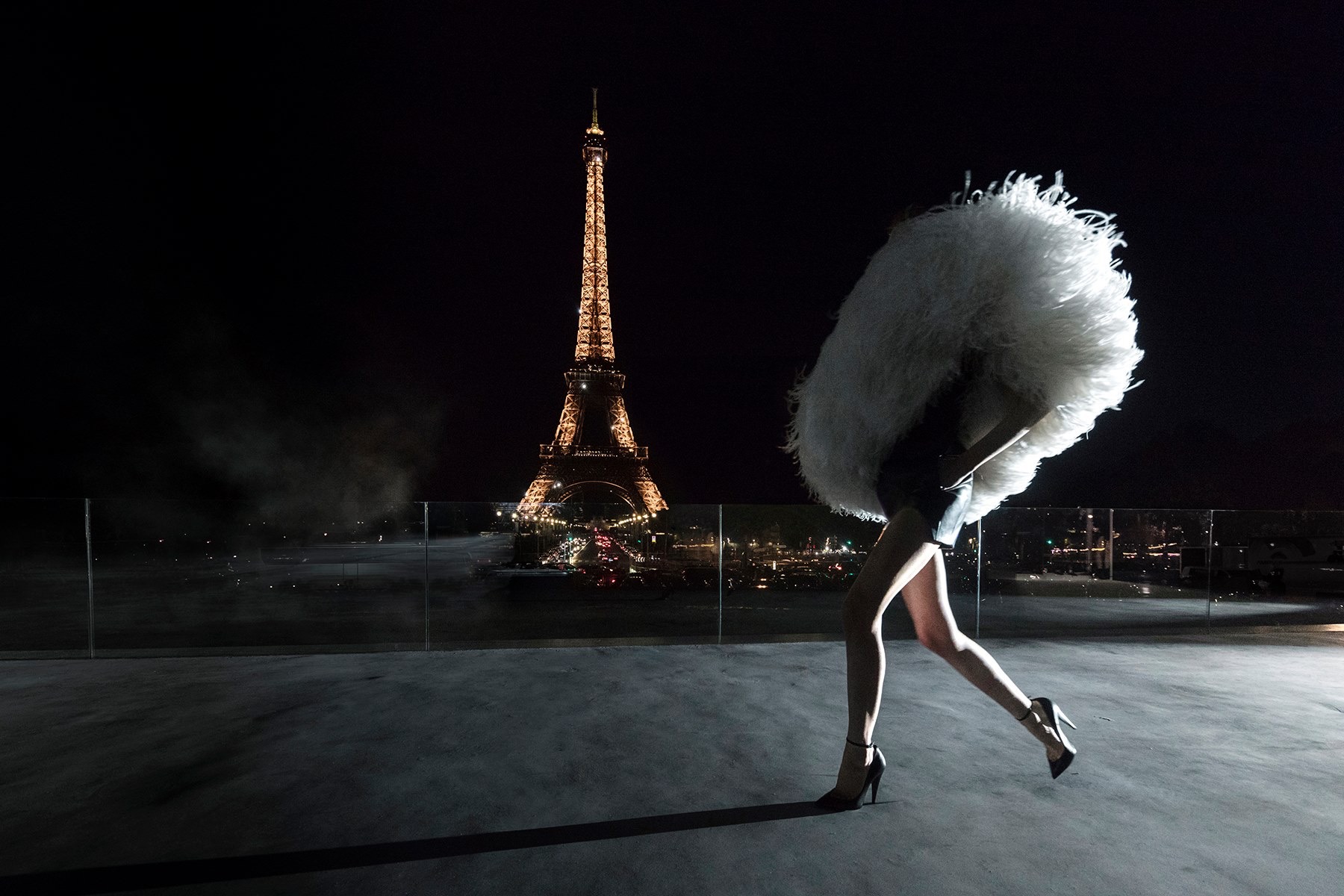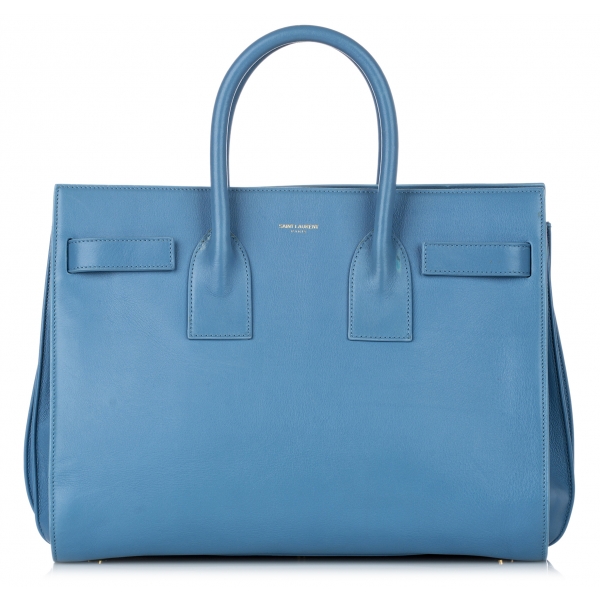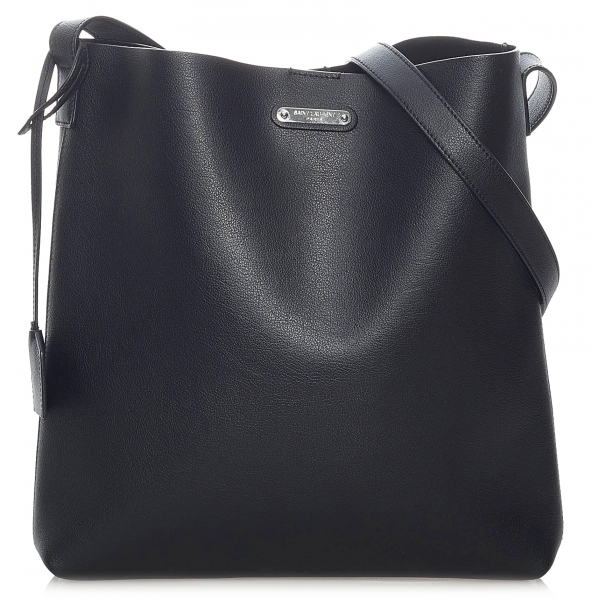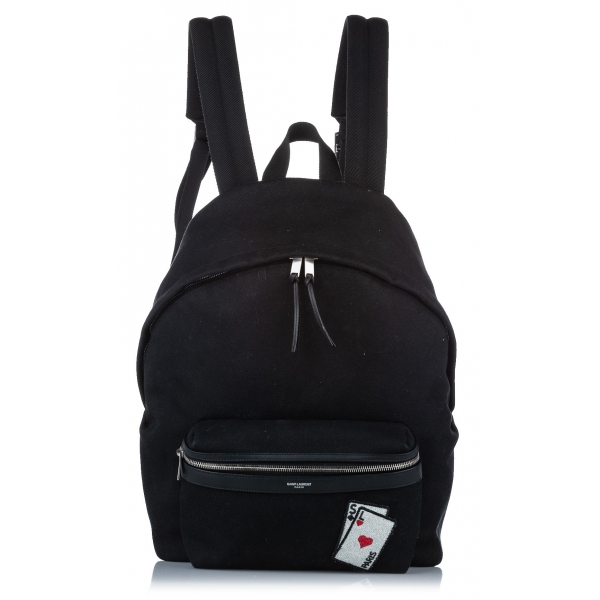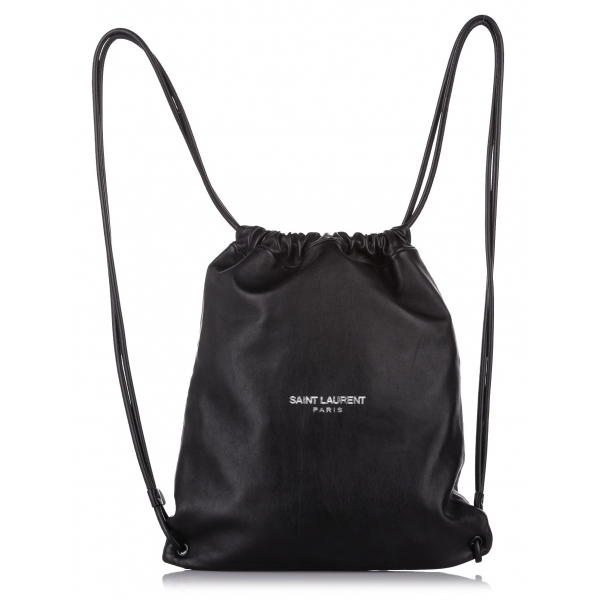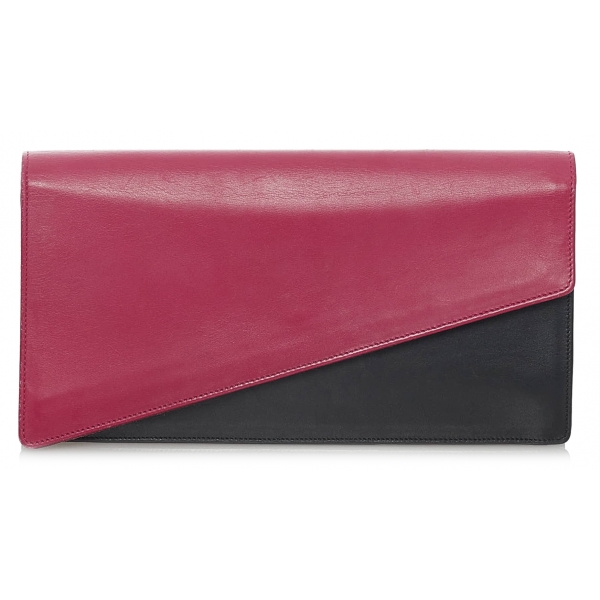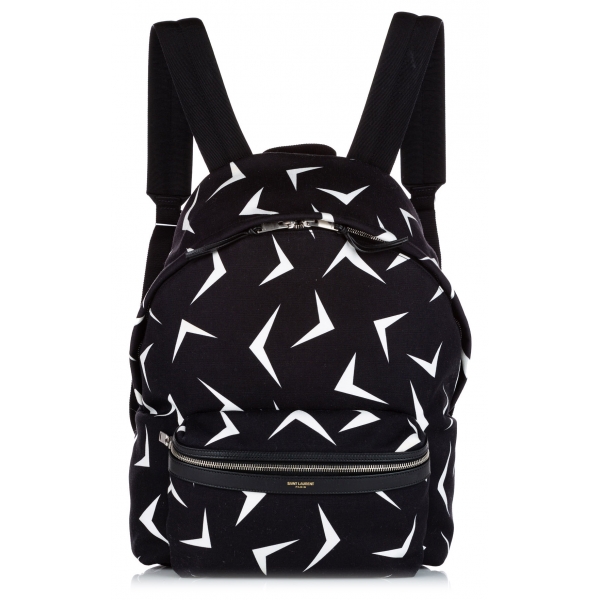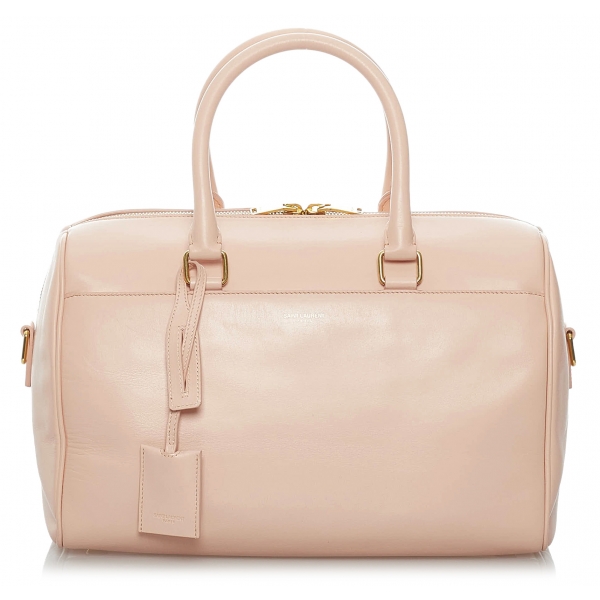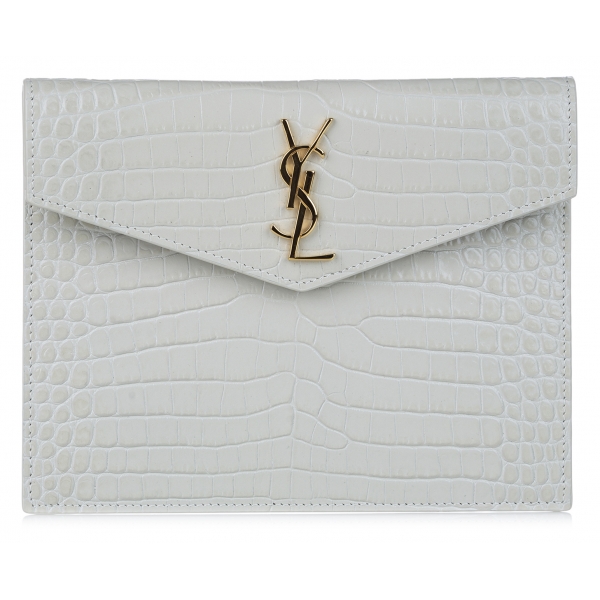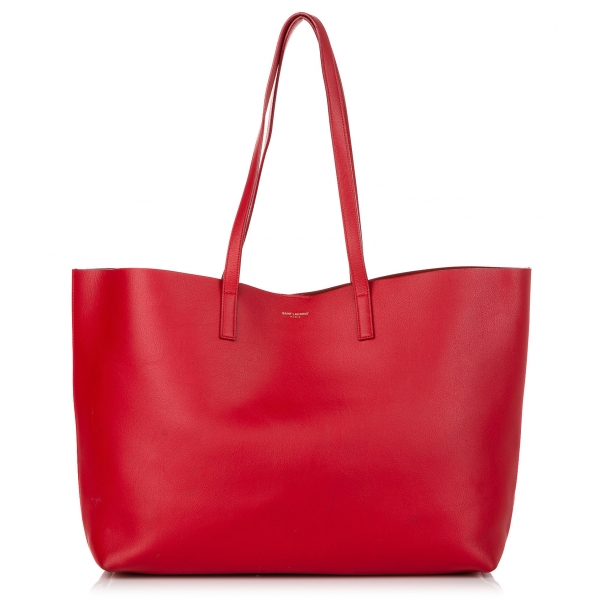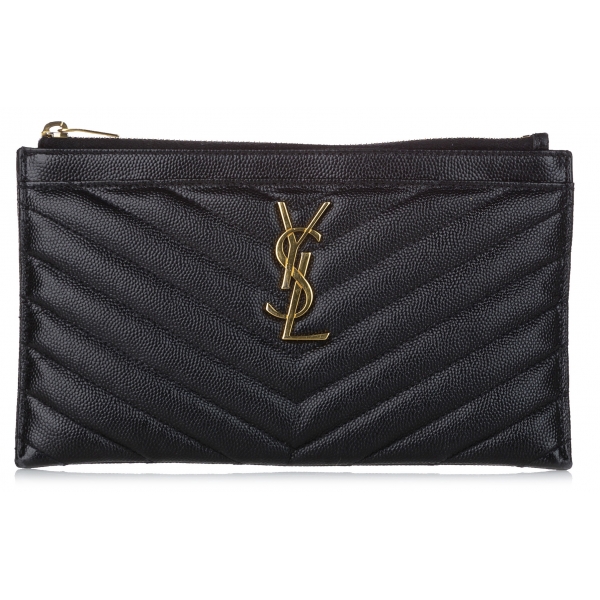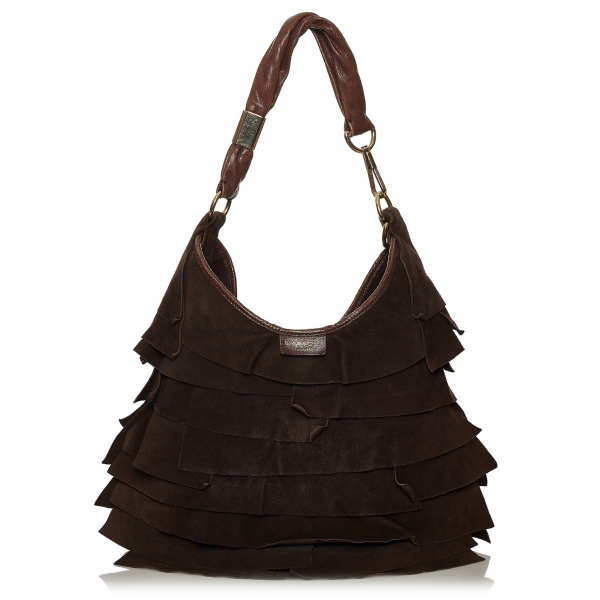No products
Categories
- Fashion Accessories
- Clothing
- Beauty & Lifestyle
-
Hi-Tech & Lifestyle
- Gaming
-
Case
- iPhone 11 Pro
- iPhone 11 Pro Max
- iPhone 11
- iPhone X / XS
- iPhone XS Max
- Samsung S10 / S10+ / S10e
- Huawei P30 / P30 Pro / P30 Lite
- Huawei P20 / P20 Pro / P20 Lite
- iPhone XR
- Samsung S9
- Samsung S9+
- iPhone 8 / 7
- iPhone 8 Plus / 7 Plus
- Samsung S8
- Samsung S8+
- Samsung S7
- Samsung S7 Edge
- iPhone 6 / 6 s
- iPhone 6 Plus / 6 s Plus
- iPhone 5 / SE
- Skin
- Audio
- Smart Home
- Drones & Hoverboard
- Photo & Video
- Desk Supplies
- Accessories
- Games
- Beverages
- Food
- Home
- Jewelry
- Luxury
- Travel
- Art
- Footwear
- Vintage Fashion
- Restaurants
- Sport
- Animals
- Gift Ideas
- Kidswear
Extra
Viewed Products
-

Jimmy Choo - Elisa Pumps - Black - Jimmy Choo Exclusive Luxury Collection
Jimmy Choo Black Elisa Pumps. Black...
-

Giorgio Armani - Giorgio Armani Yuichi Toyama Eyeglasses - Matte Black -...
Men’s glasses made of titanium, in a...
-

Audio Pro - Addon T20 - White - High Quality Speaker - Powered Wireless...
Wireless simplicity with...
-

Prada - Prada Eyewear - Oval Sunglasses - Pale Gold Forest Green - Prada...
Sunglasses with an elegant,...
-

Olio le Donne del Notaio - Box 2 Tins - Tin - Extra Virgin Olive Oil -...
Donna dei Ferri extra virgin olive...
-

MC2 Saint Barth - Bikini with Applied Rhinestones - White - Luxury Exclusive...
Saint Barth swimming costume, white...
Yves Saint Laurent Vintage
The Last Couturier
«If Chanel gave women their freedom, it was Saint Laurent who empowered them » − Pierre Bergé
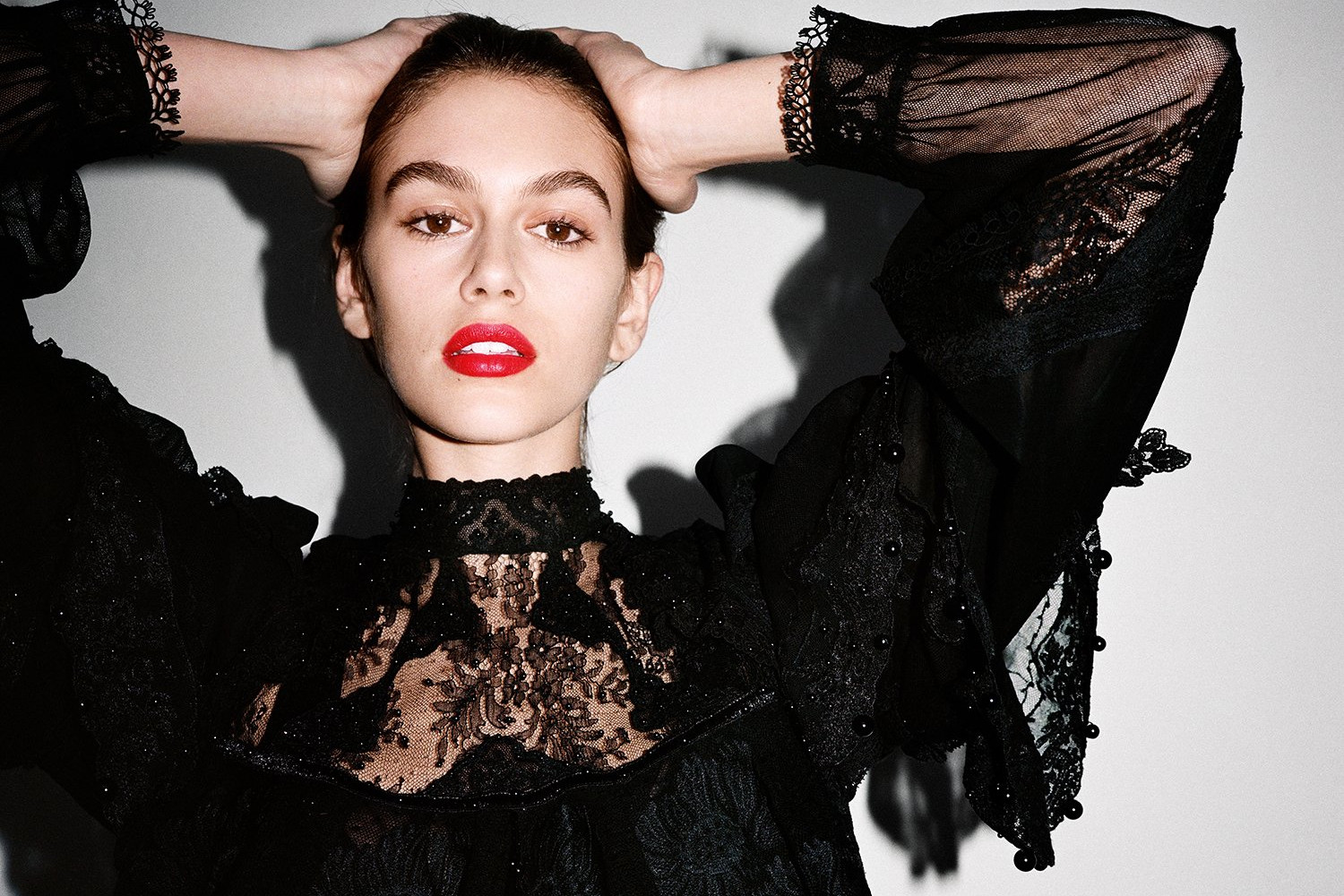
History
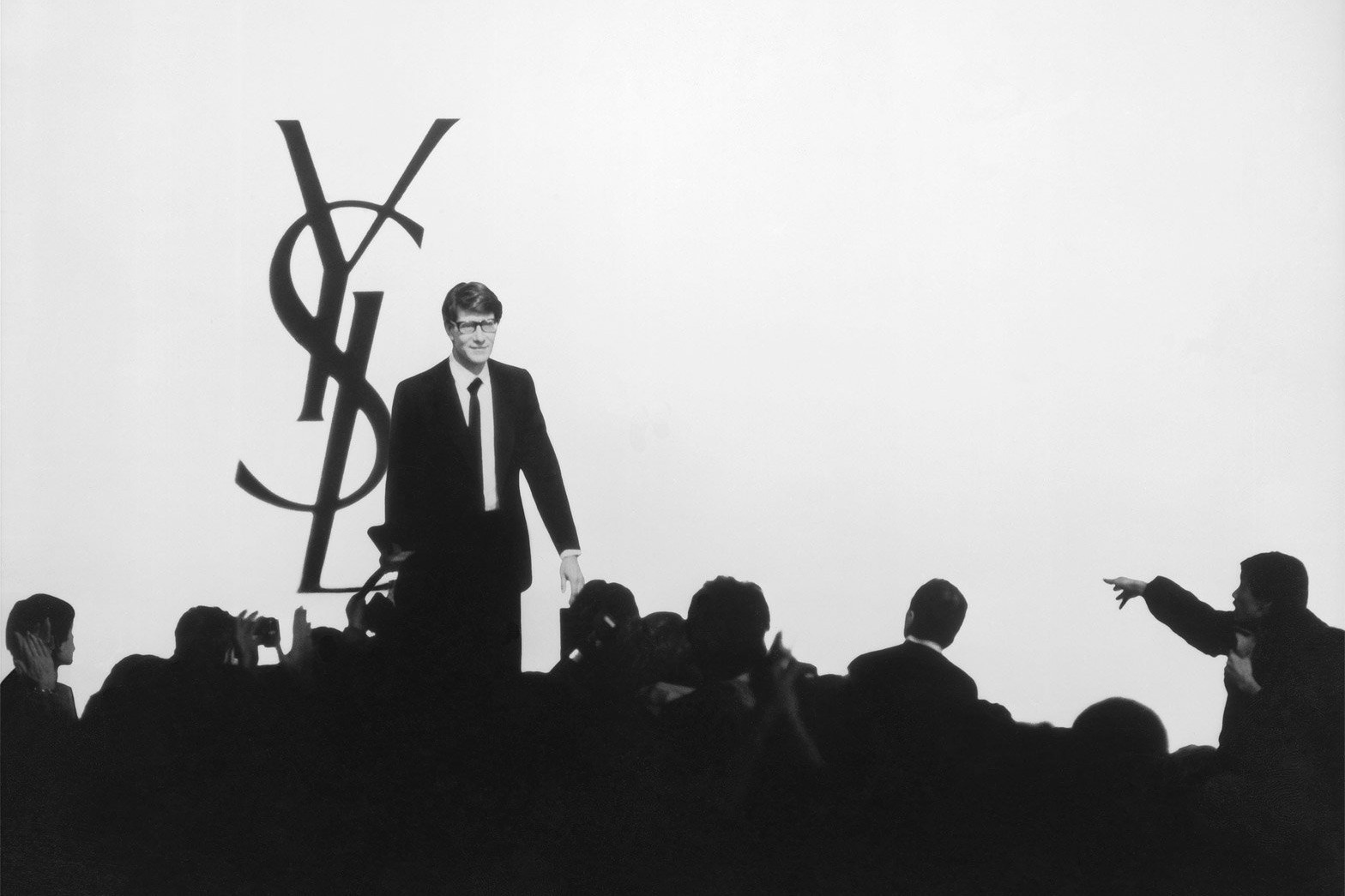
Yves Saint Laurent, an Haute Couture designer that changed how the modern woman dresses, and has made it an art.
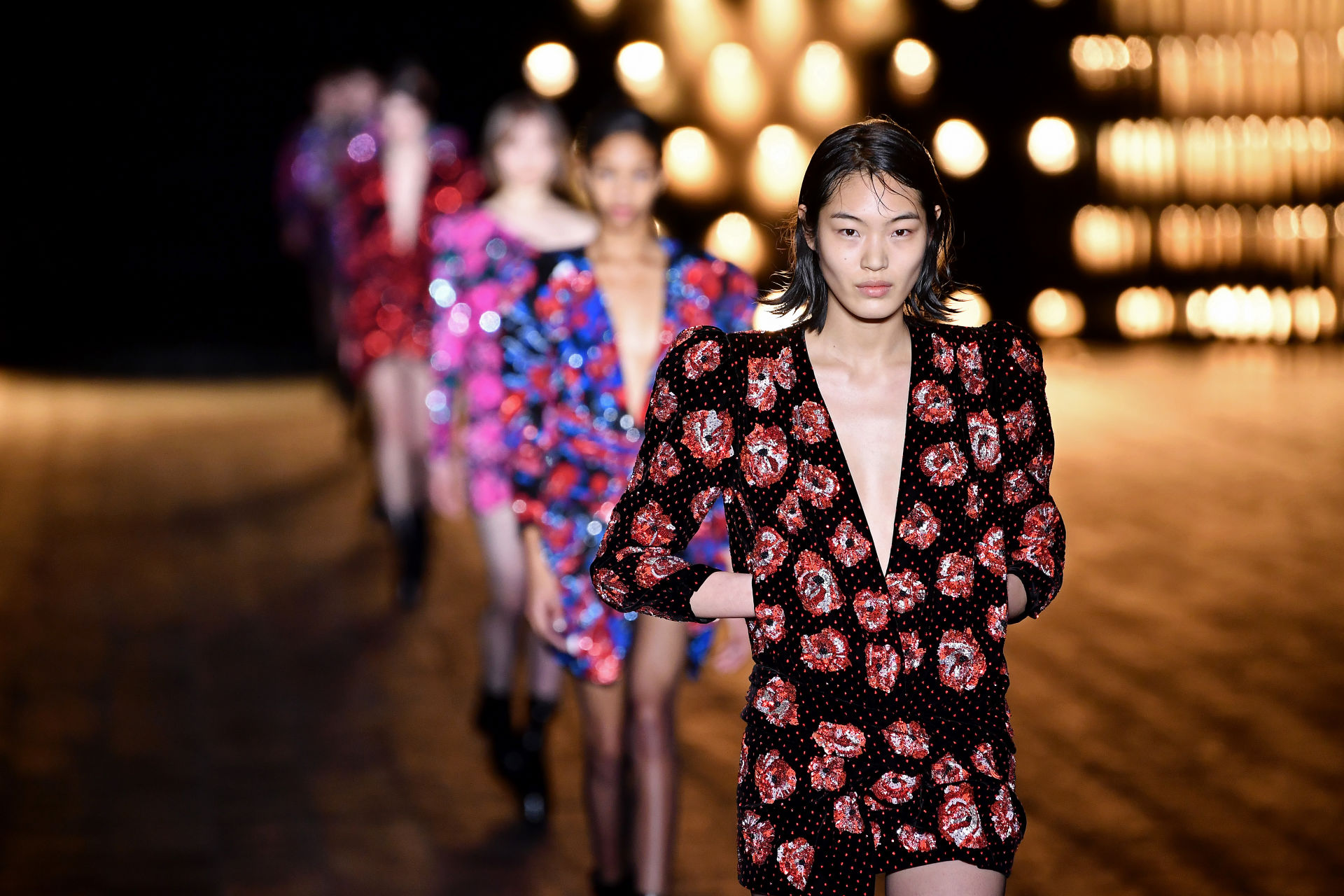
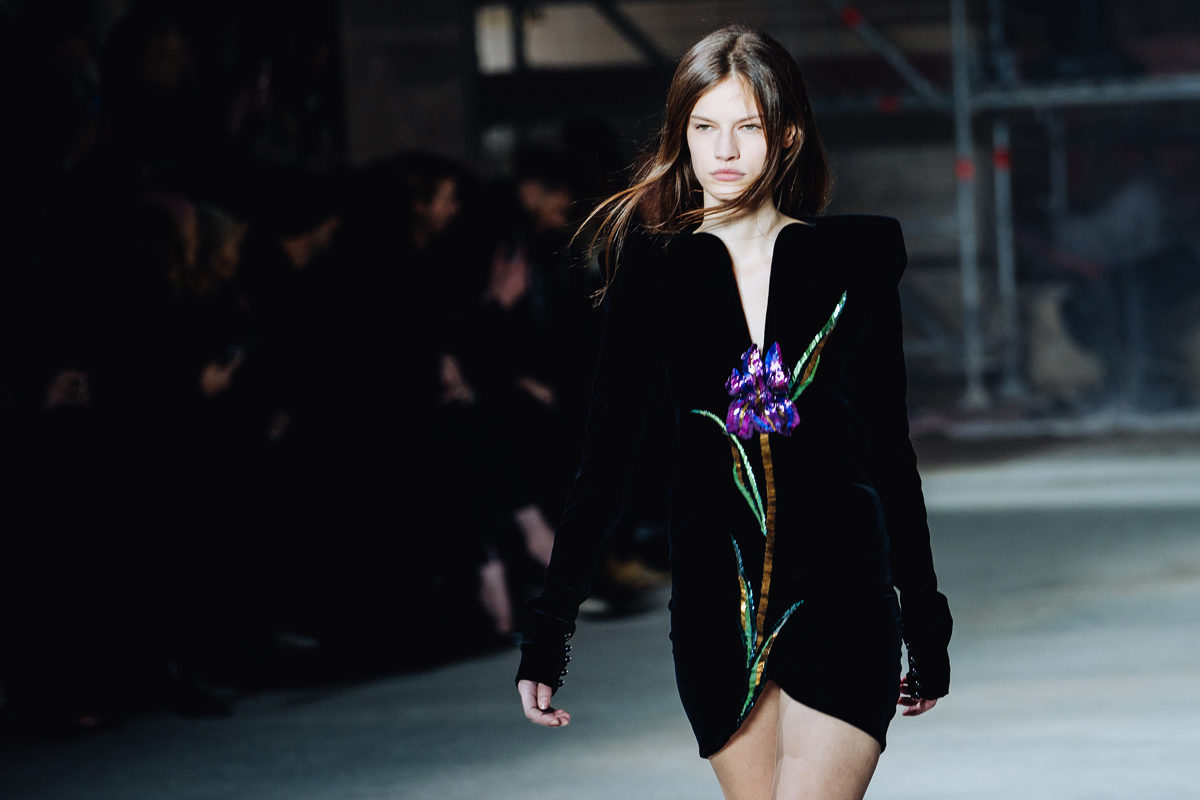
A Designer born from his passion for art, the signature style of his collections, where he unites opposites of this beautiful Universe to which he has always belonged. Yves Saint Laurent, the last of the Haute Couture Designers, born on August 1st in the French colony of Oran, Algeria.
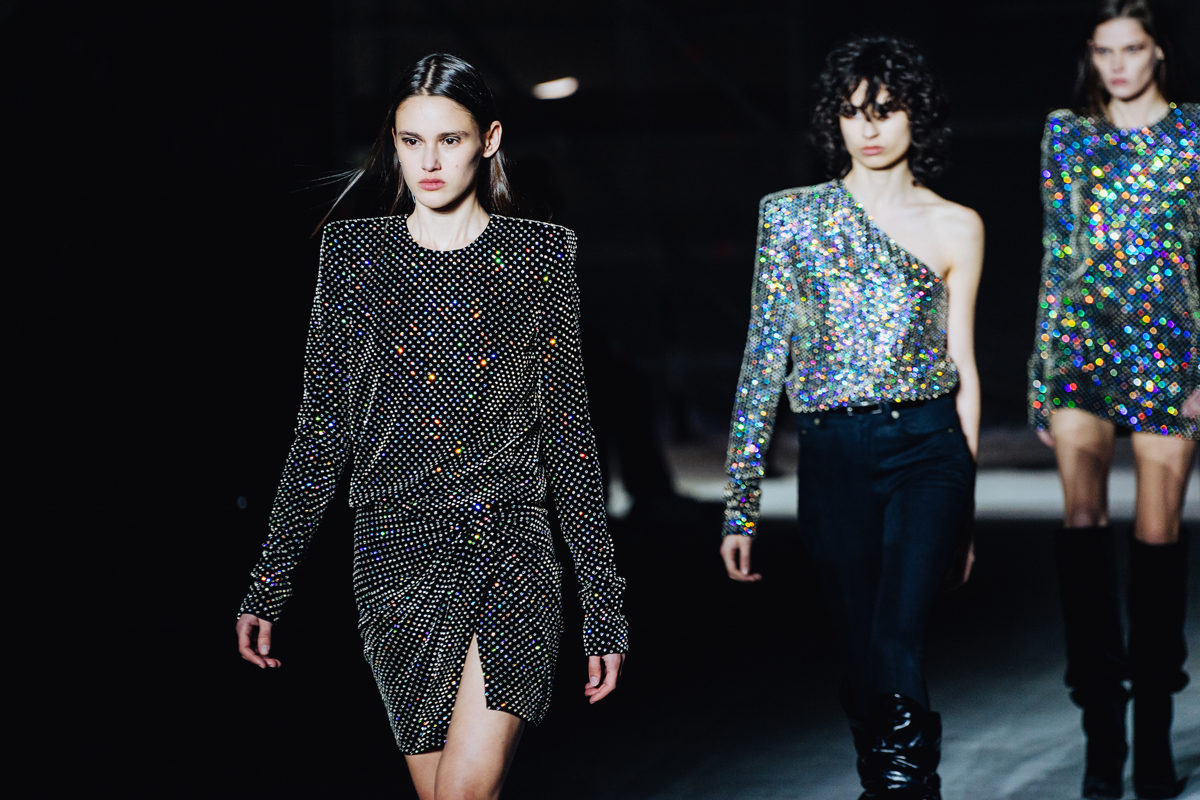
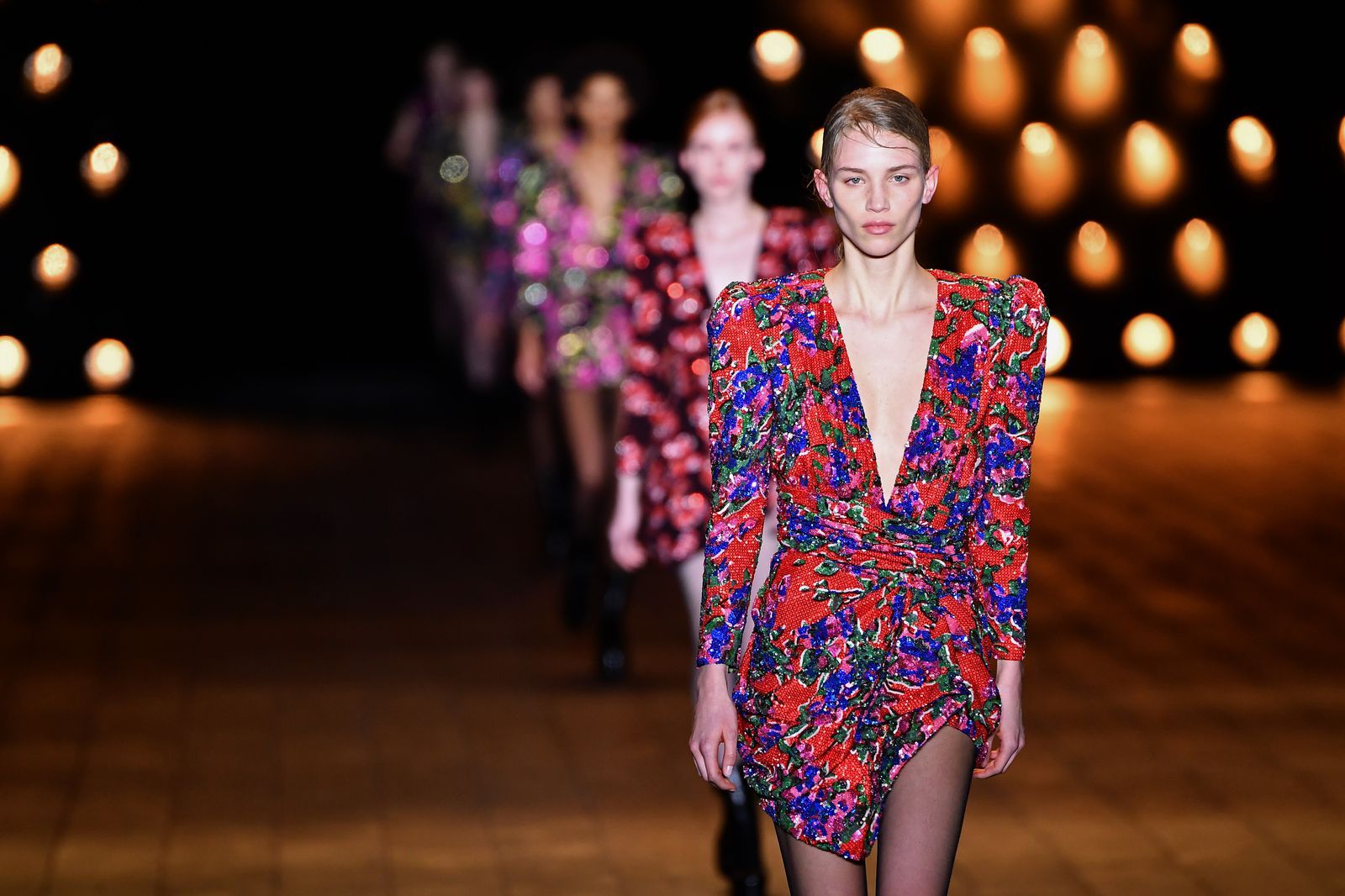
At only 18 years of age he moved to Paris to follow his dream, to win the International Wool Secretariat contest, designing a black cocktail gown with an asymmetrical neckline that was later created by Hubert de Givenchy.
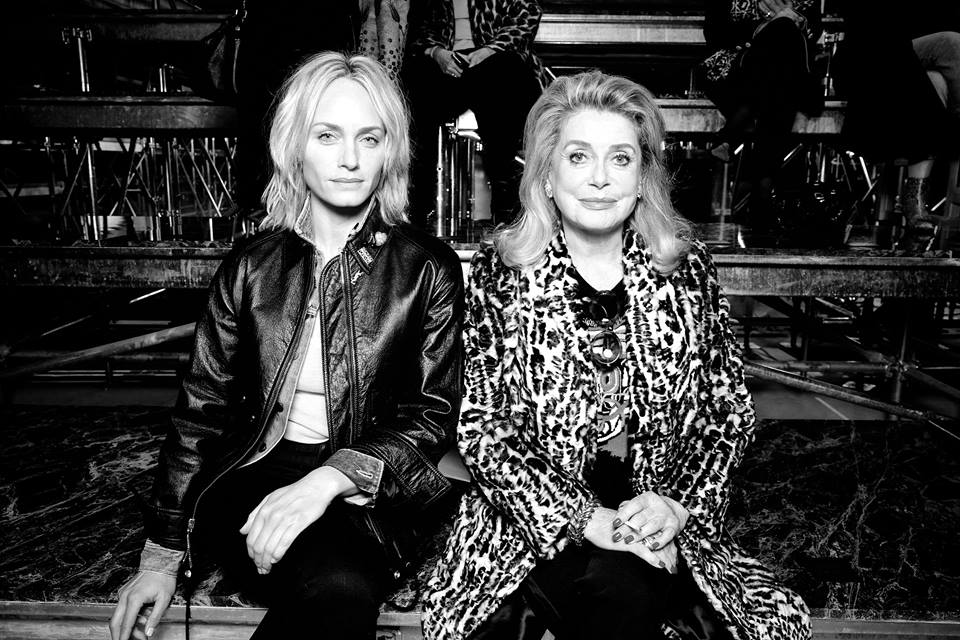
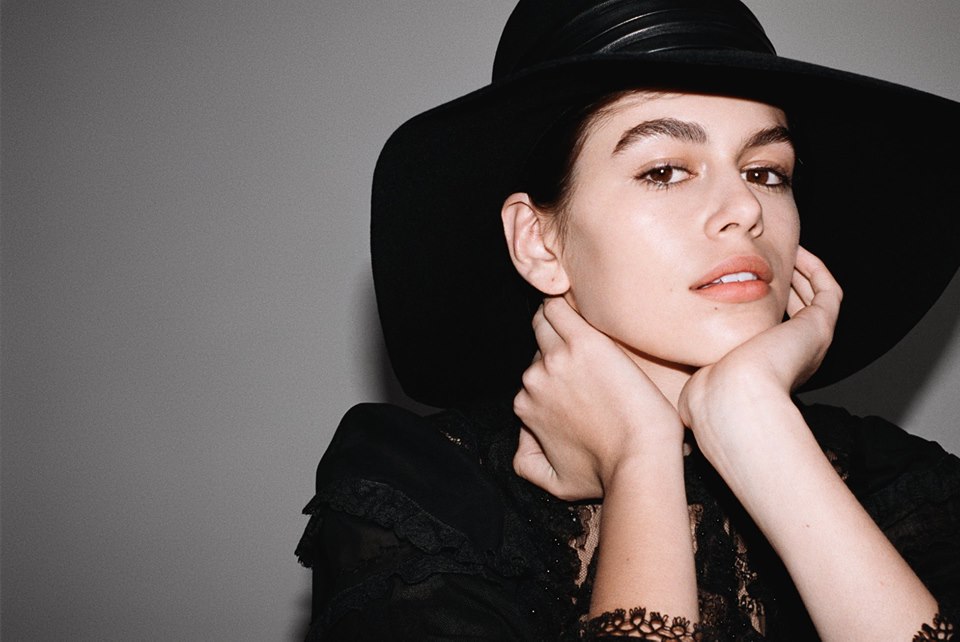
In the mid-1950’s he joined the “Maison Dior”, taking the place of the designer, he then created the “Trapéze” collection that changed French fashion forever.


A few years later, Yves opens up his own maison du Haute Couture in collaboration with Pierre Bergé and the financial support of J. Mack Robinson, an American that had seen a rare drive in the young designers: it is 1962, the year that the legend was born.
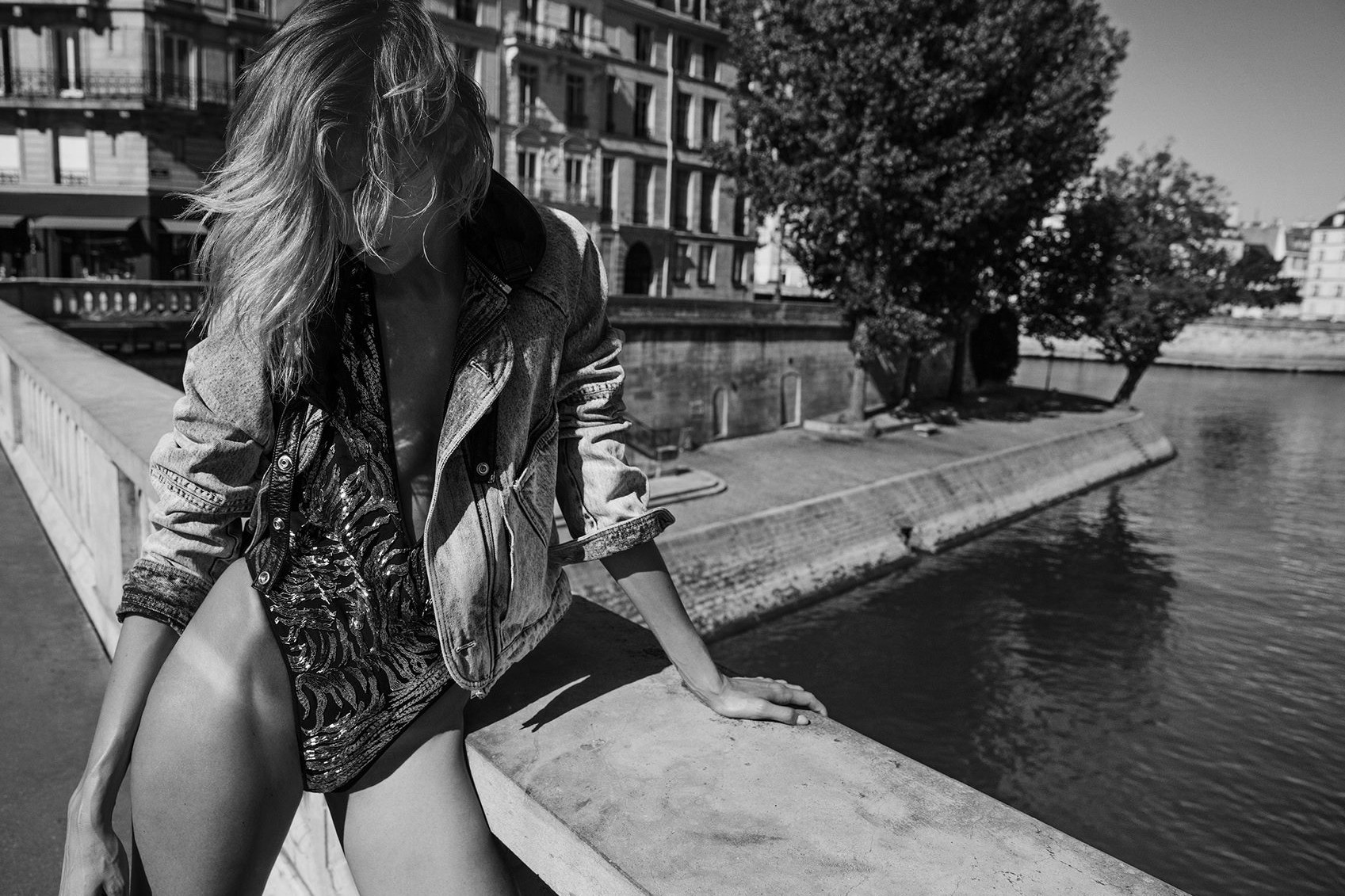
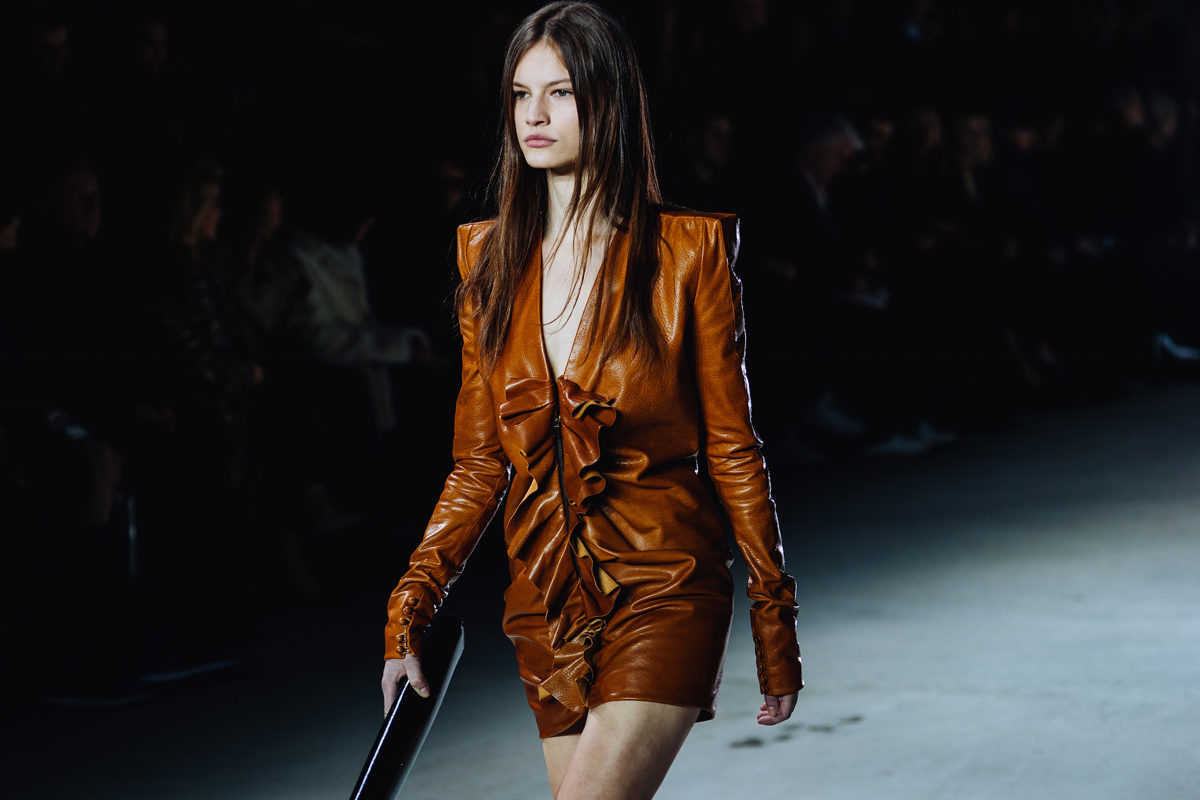
His very first collection was presented on January 29th, 1962 and was defined by Life as “the best tailleur collection around after those of Chanel”, but it is in his fall/winter collection that he brings to the catwalk his first revision, the pea coat for women.
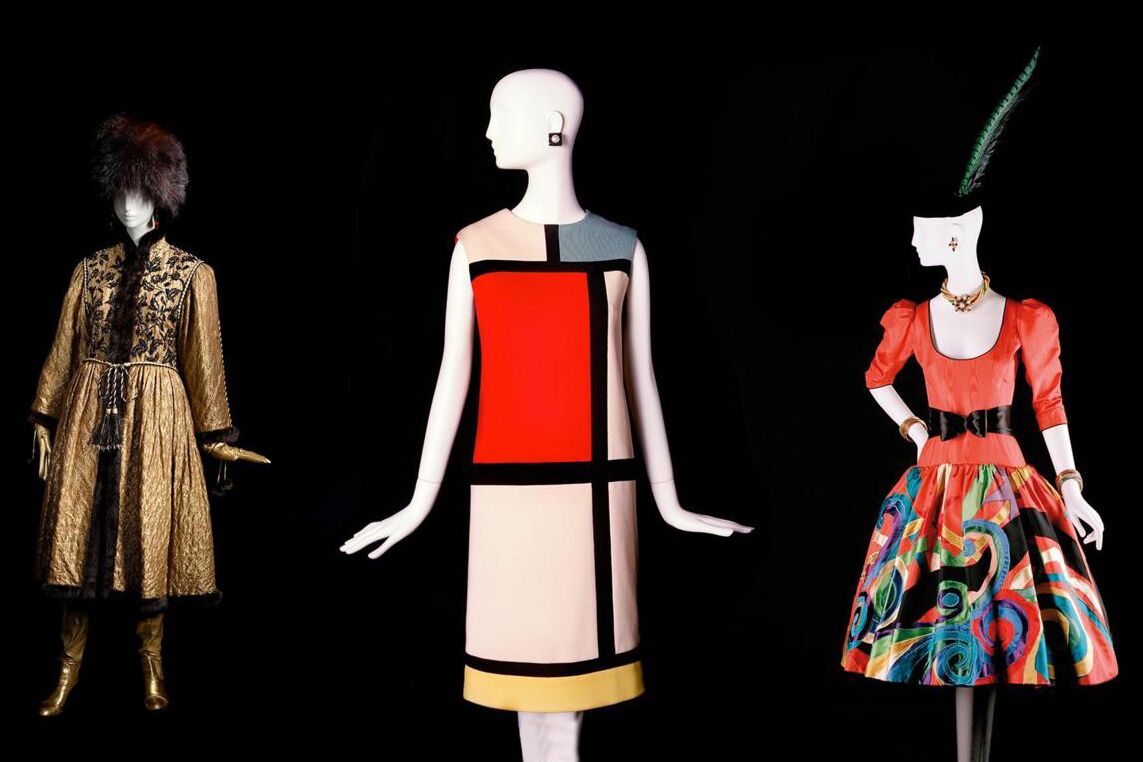
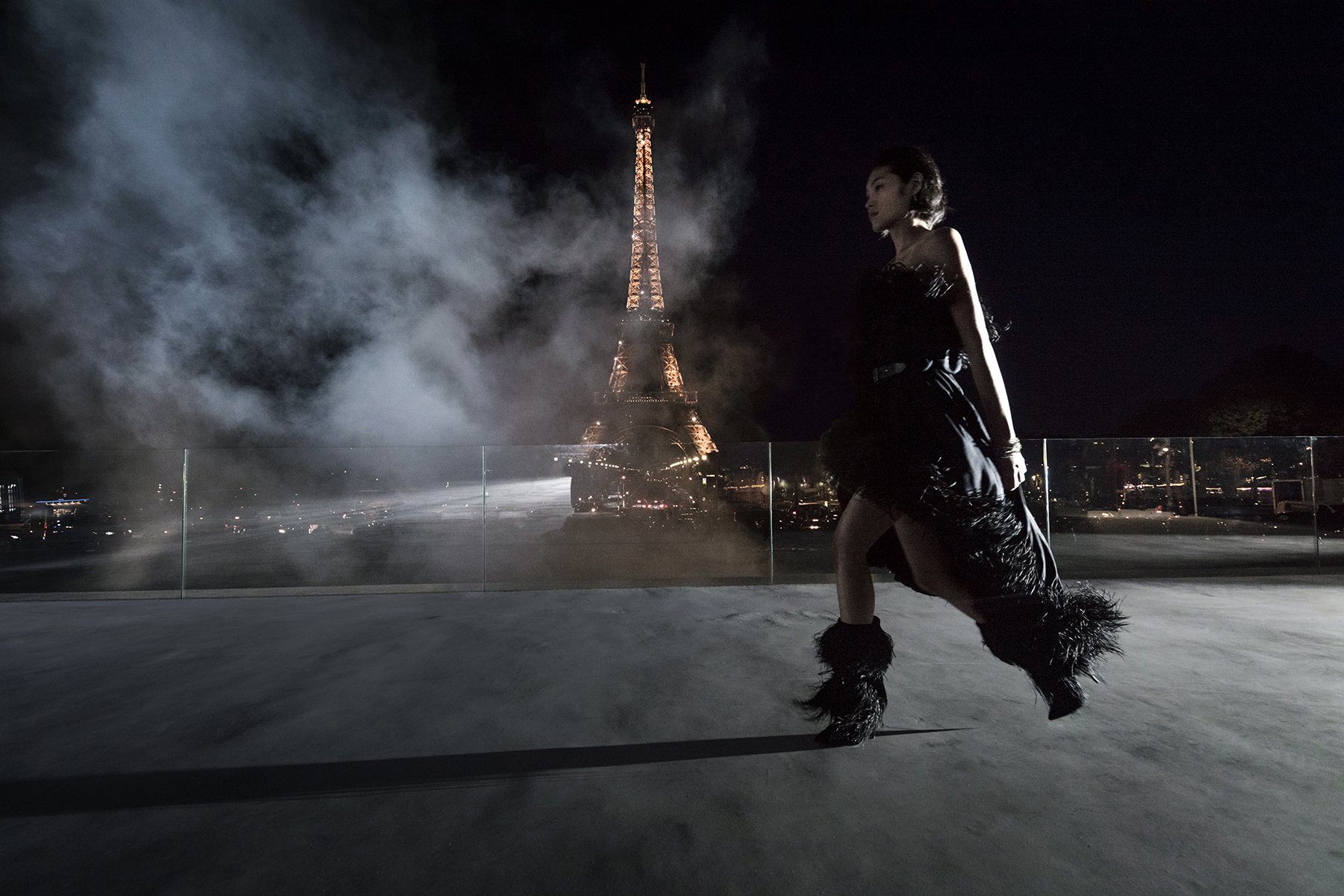
Saint Laurent understands that elegance must be revised, and thanks to his creations, he gives new life to the modern woman, who, by now, lives in a world that has expanded its borders and who can travel wherever.
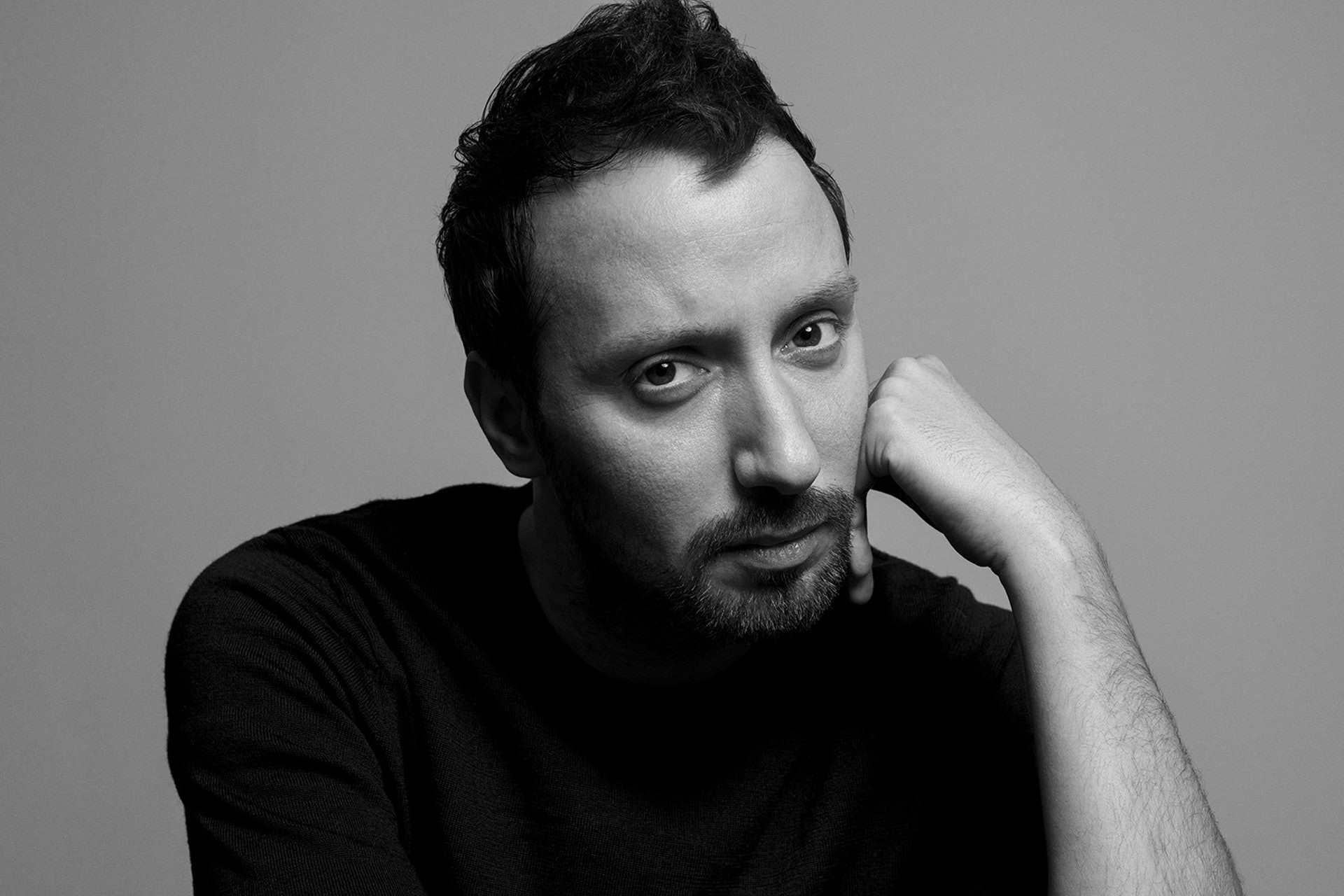
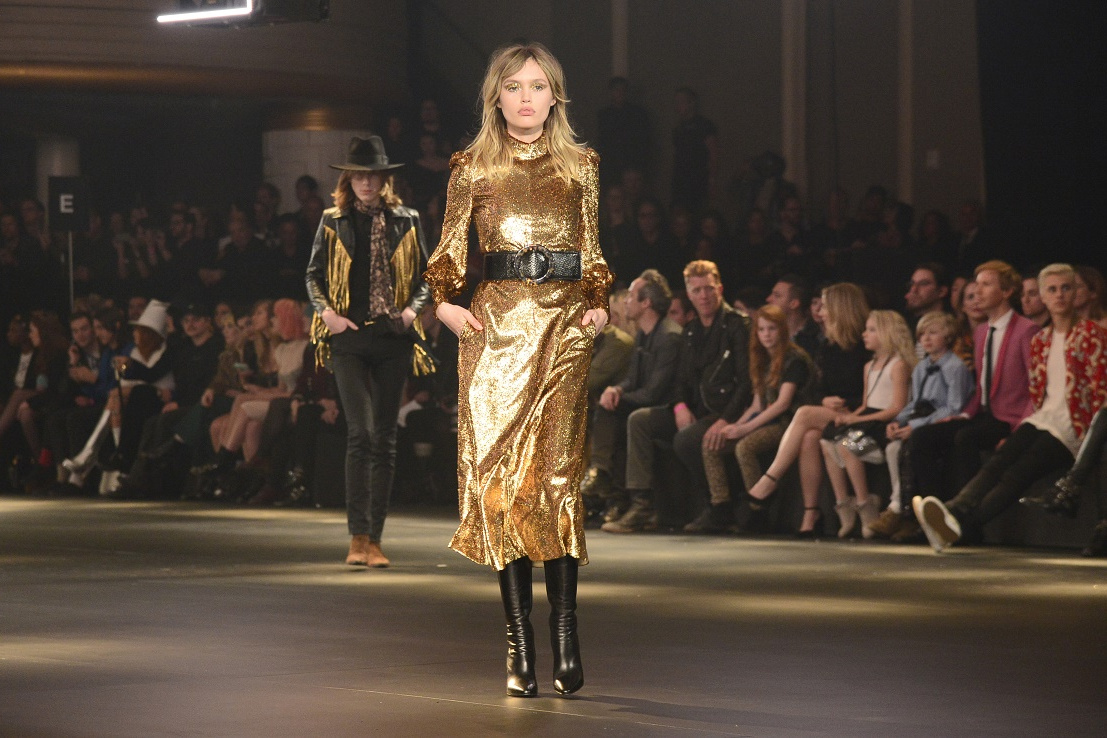
This is how, in 1966, his iconic piece is born: the female tuxedo freely inspired by Marlene Dietrich, and with what he definitively gives power to women. He also created the first Saharan blazers and trench coats.
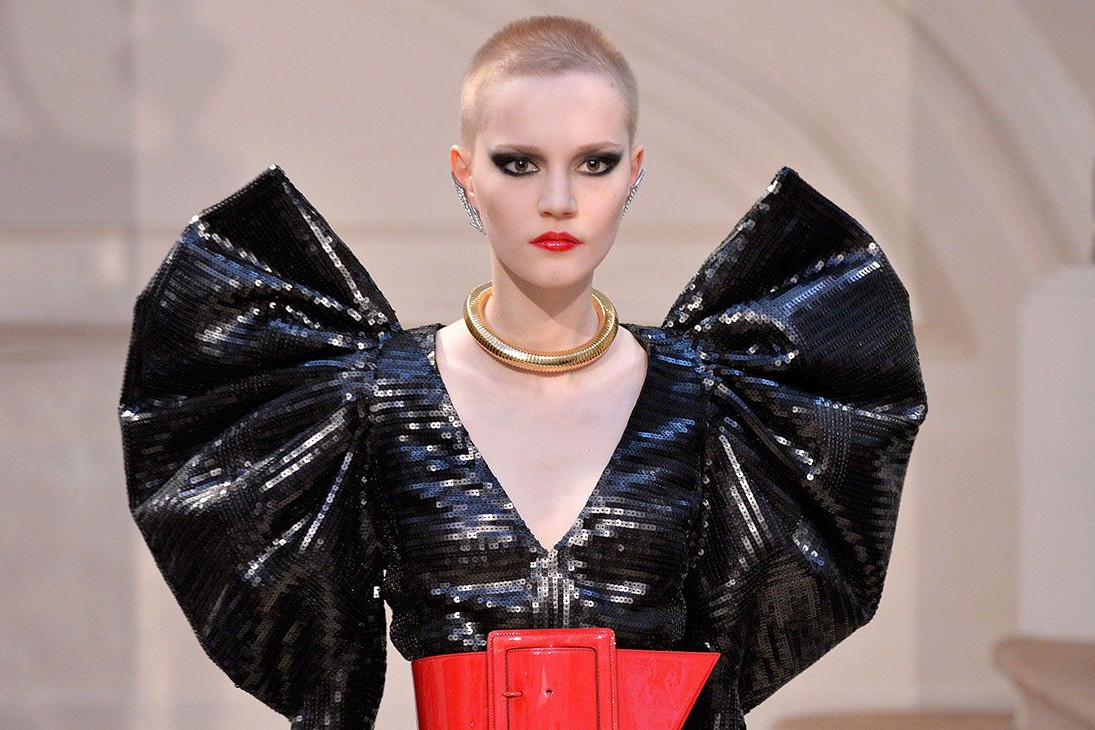
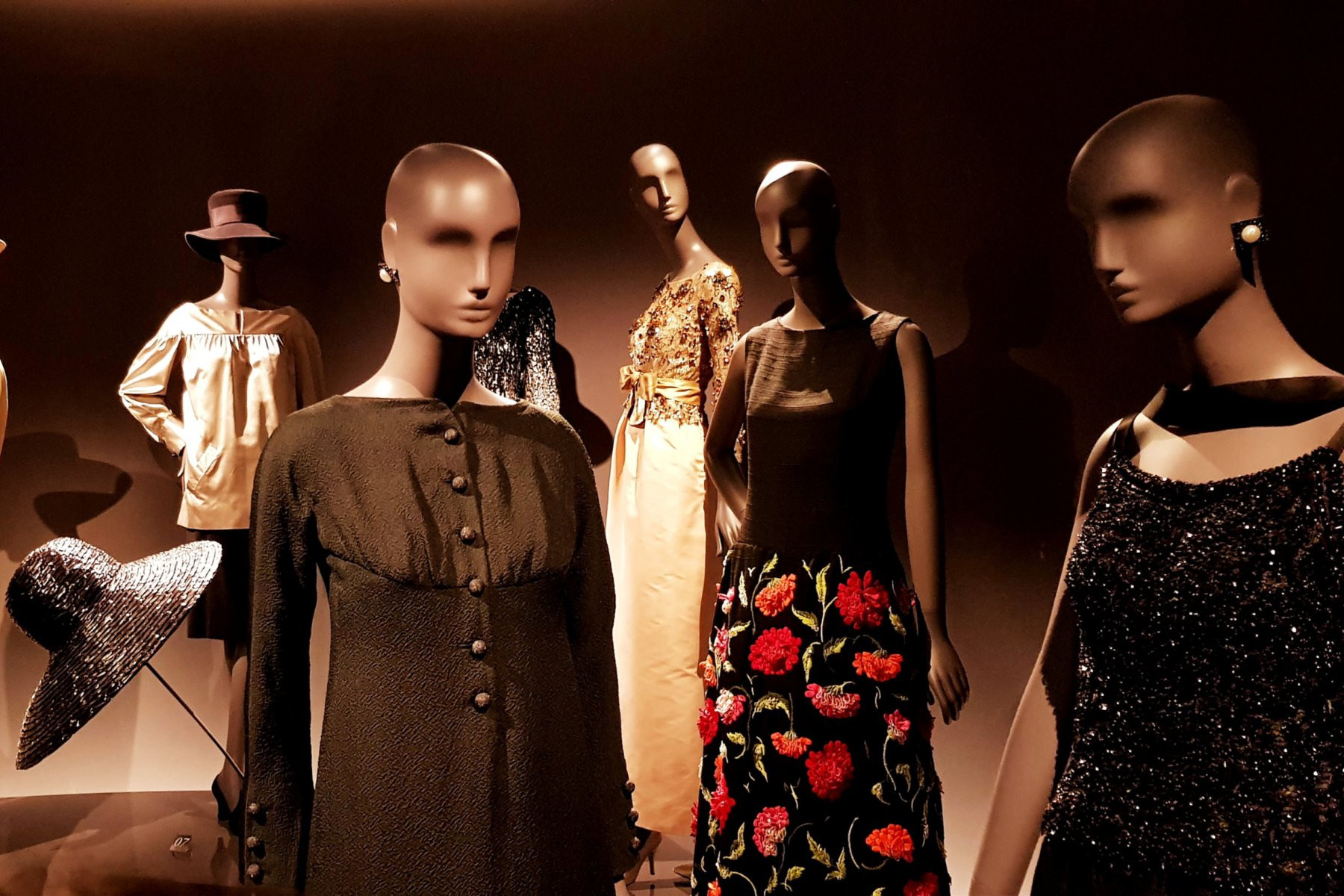
Saint Laurent was not the first to introduce “stolen” pieces of men’s clothing to the women’s collection; what he revolutionized though, was the identity of these garments once he had “crossed that border line”.
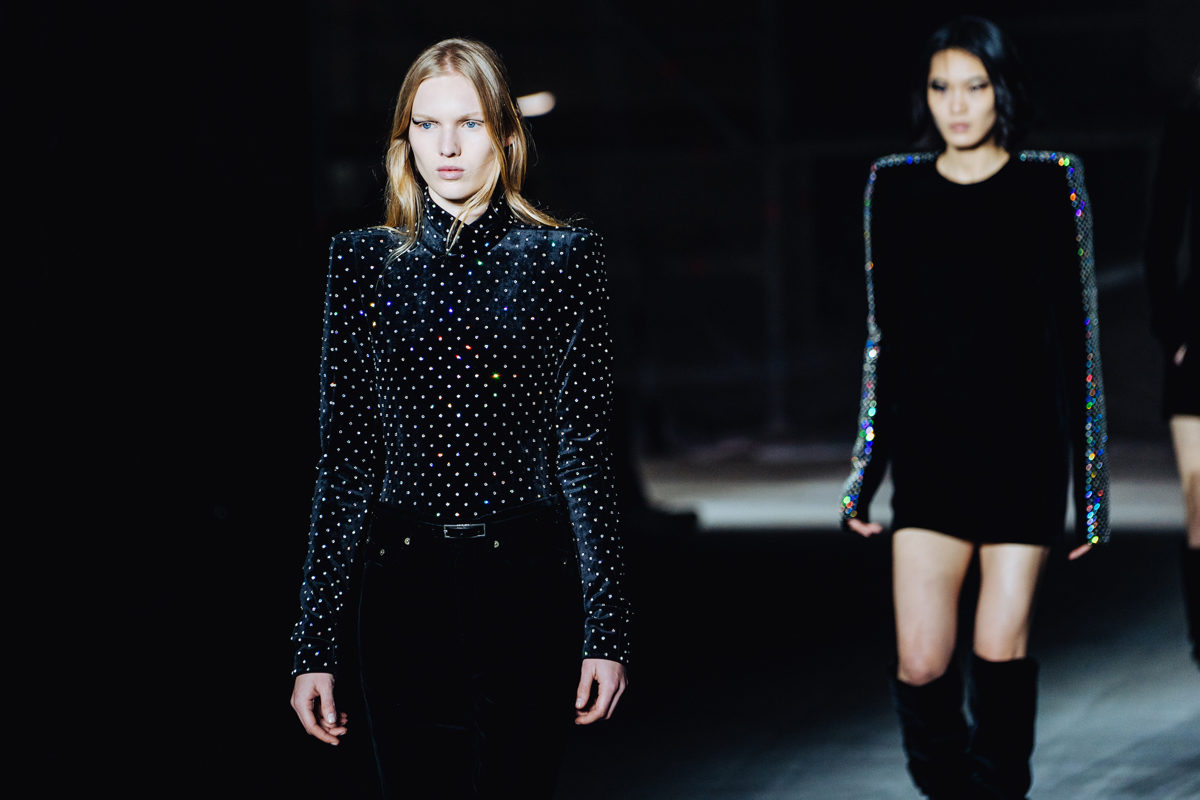

The Haute Couture Designer was also the first to introduce animal print fabrics in his collections, and he the first to have black people on the catwalk.
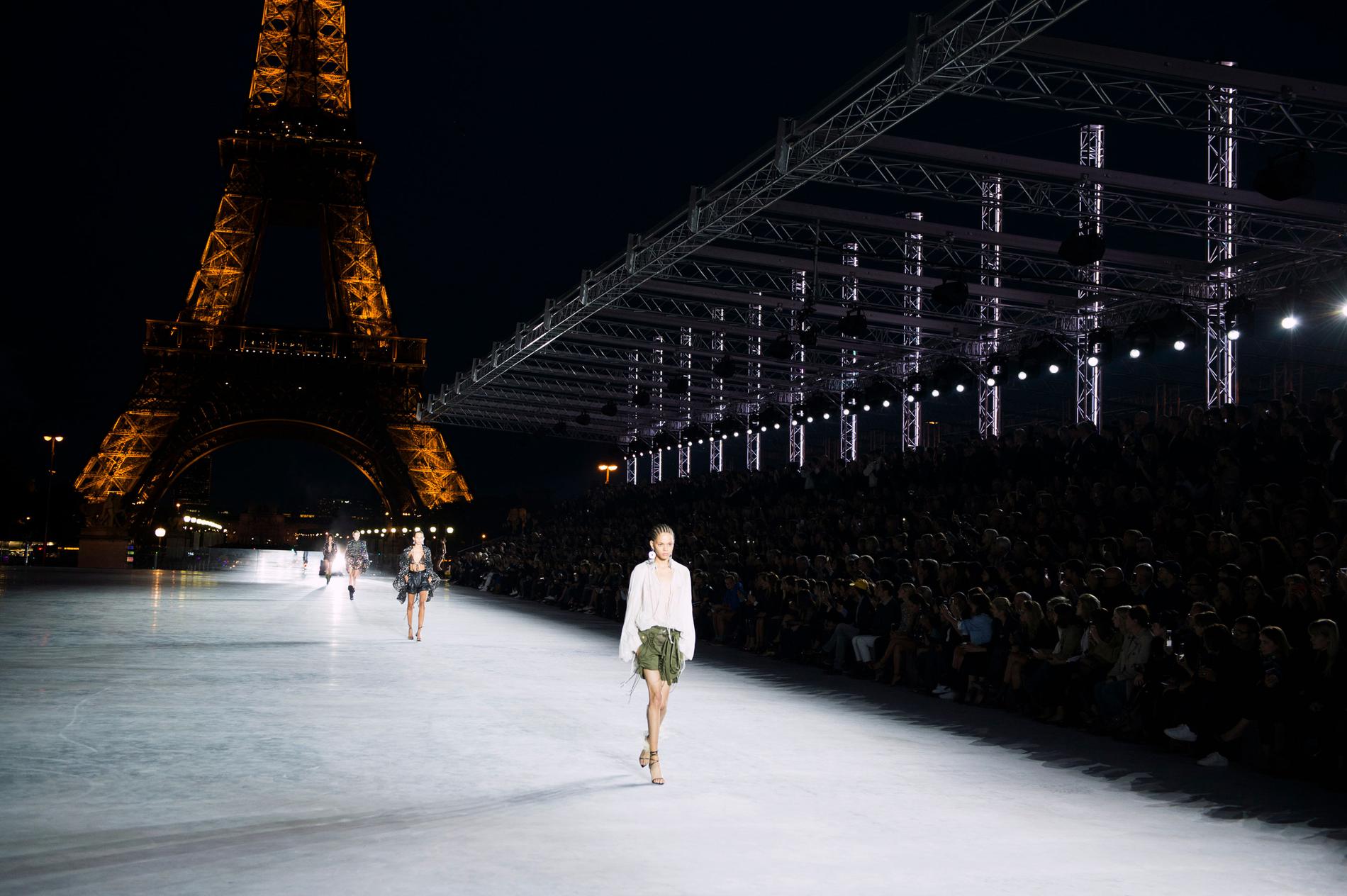
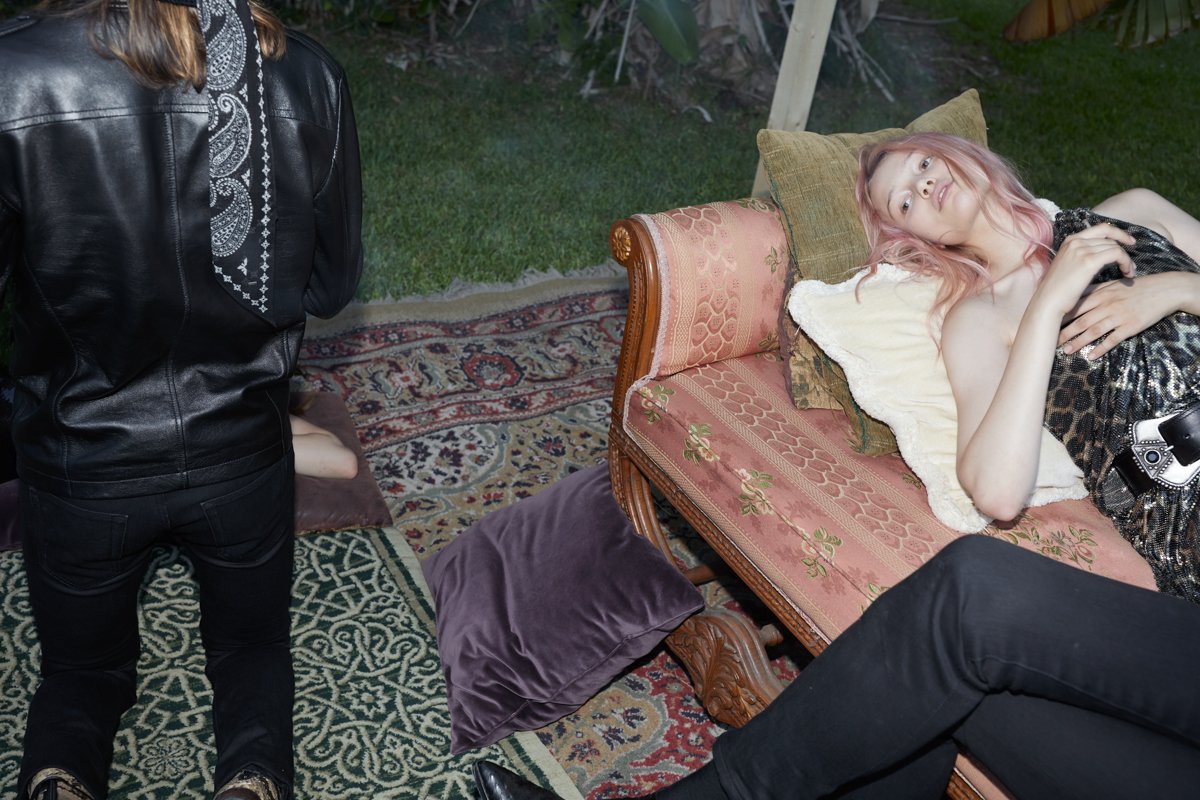
But Yves Saint Laurent had another strong point: as brilliant colorist, he insisted, in the years, to bring his creations to the limit with painting, drawing inspiration from the world of art, continuing a tradition where also the artists were distinguished such as Sonia Delaunay, Giacomo Balla or Alexandre Rodchenko.
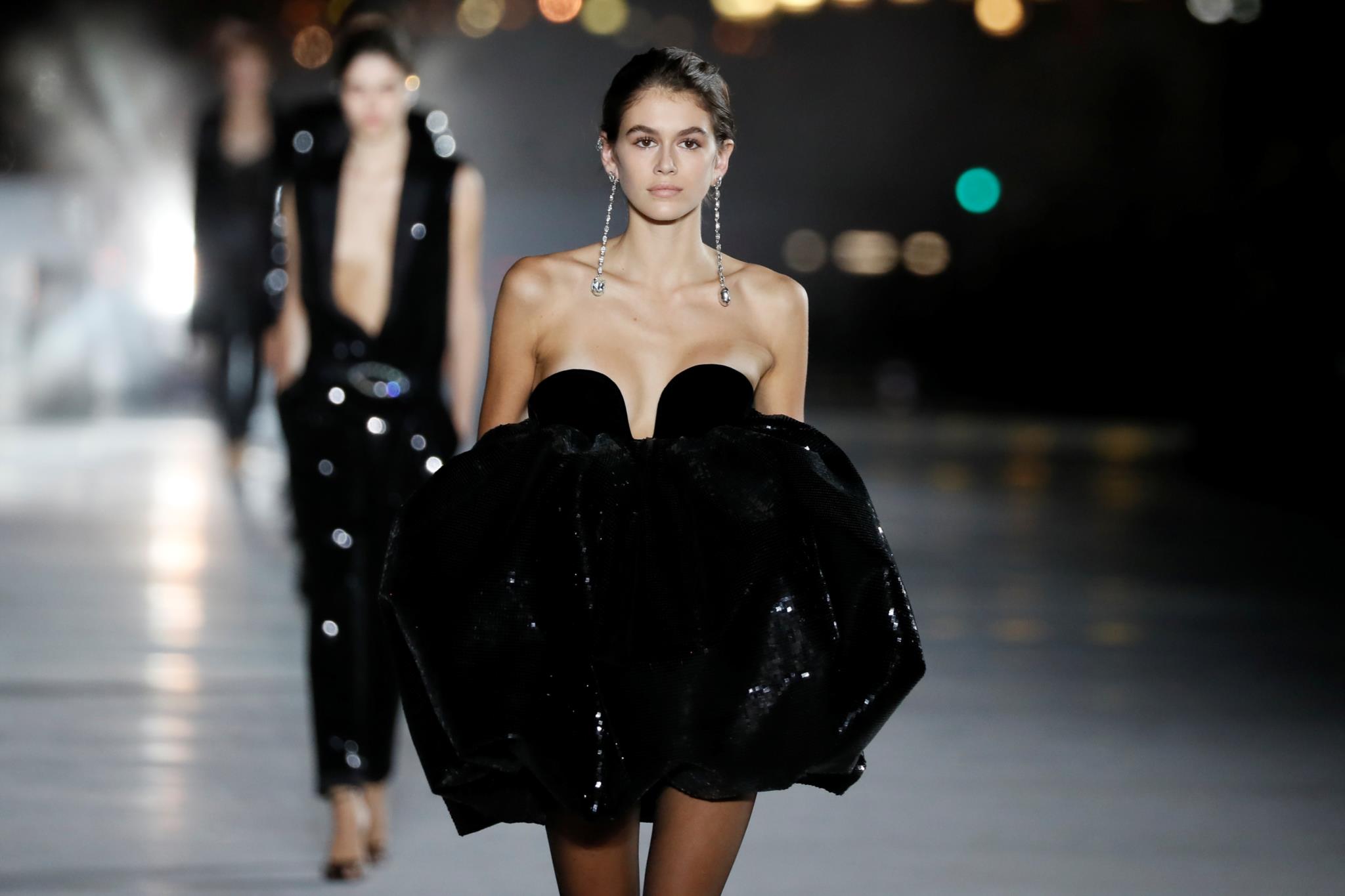
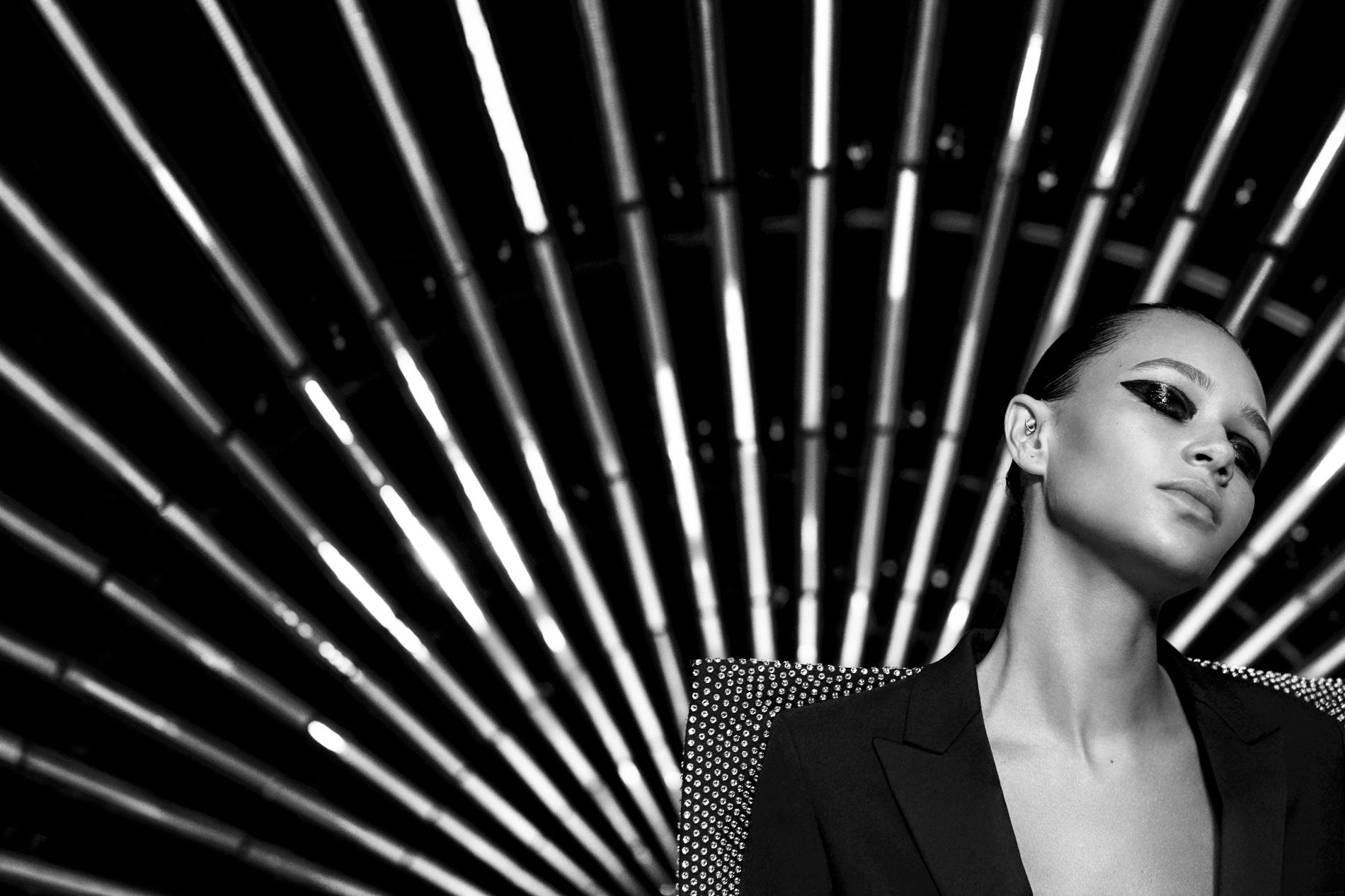
This is how the designer opens up a direct relationship between his love for art and a personal interpretationtransferred in his couture creations. It is a passion that he portrays in his private collection, evaluated in 2009 by Christies as the most expensive in the world.
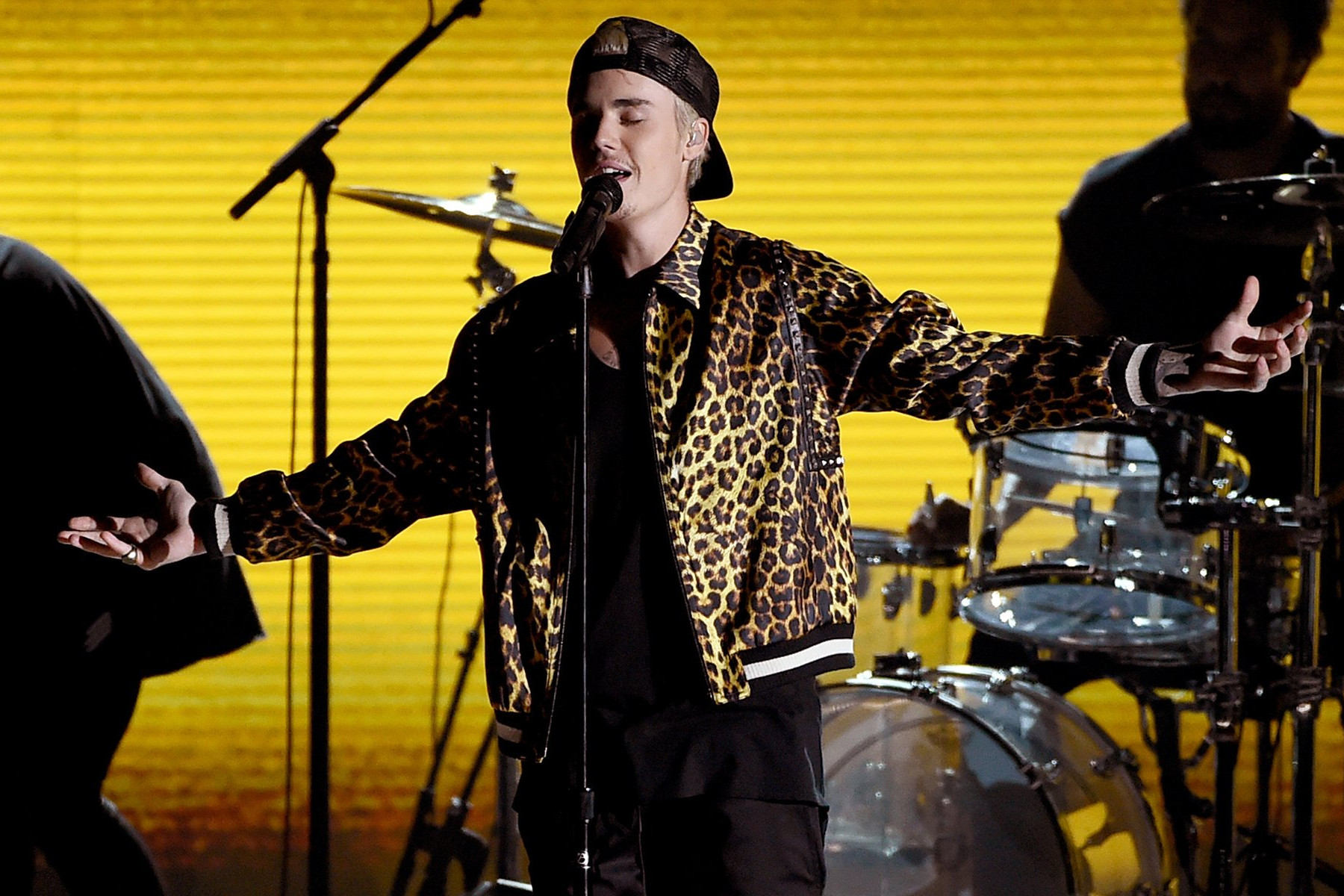

The artists that he adores are not simply transferred on silk, wool or jersey; they give him the inspiration to reinvent a language, his own language. He chooses his fabrics freely to compose a palette: from red, to pink to black, until the realization of the most unexpected combinations are composed, like that of blue and black to overturn the traditional use of tones in Haute Couture of that time.
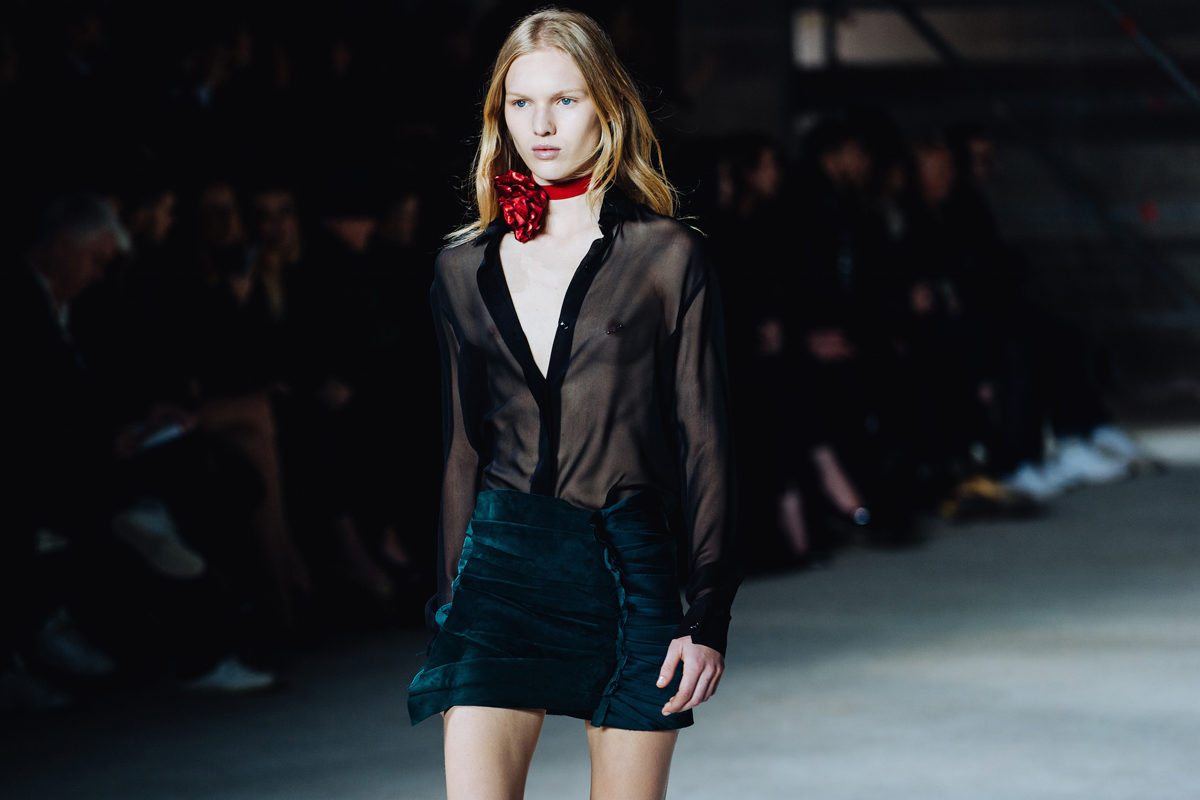
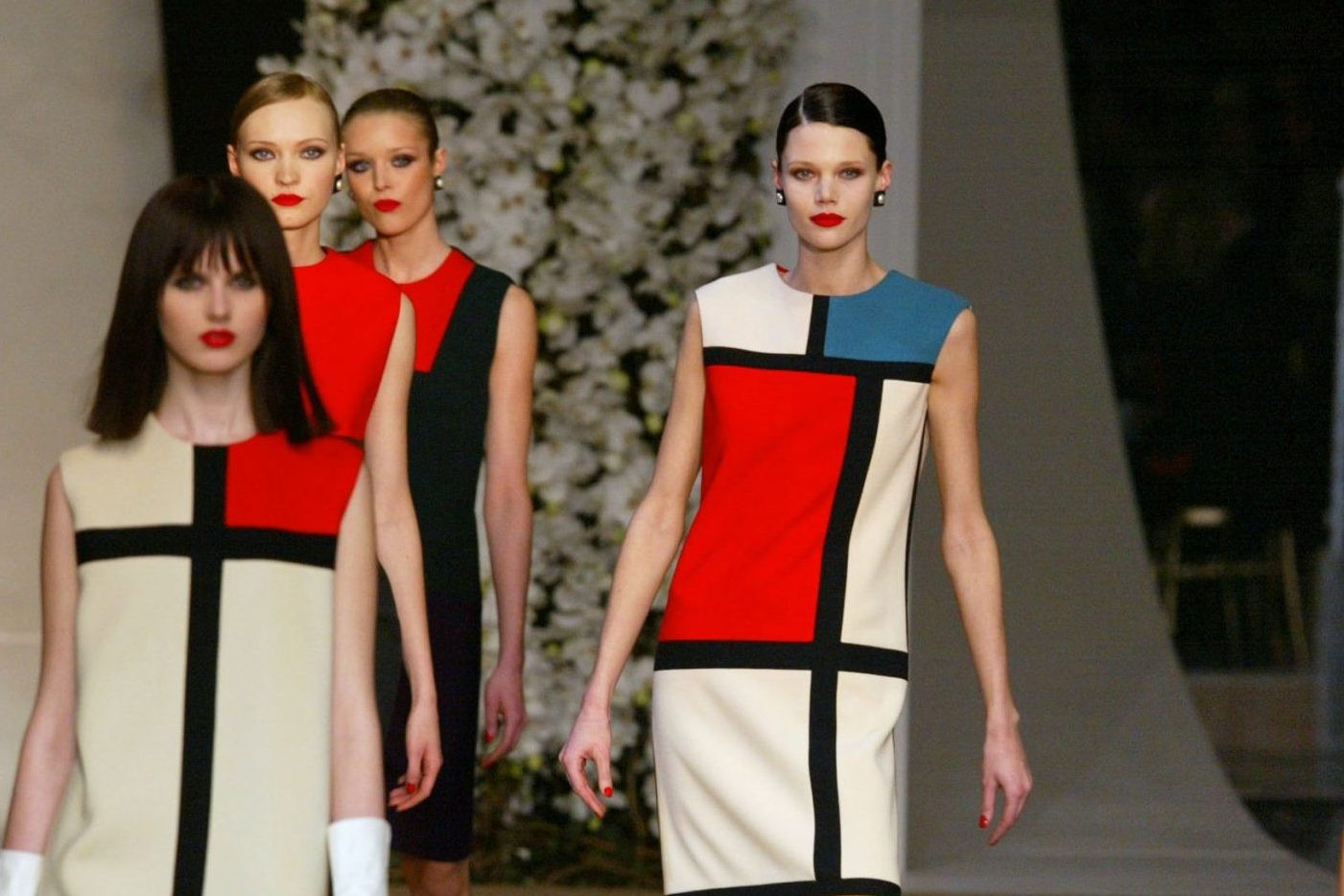
In 1965, the first Saint Laurent artistic tribute takes place that combines the essentials of the Mondrian lines with a collection entirely dedicated to the artist. Le robe Mondrian was the first example of how the designer was able to “translate” a canvas on fabric.

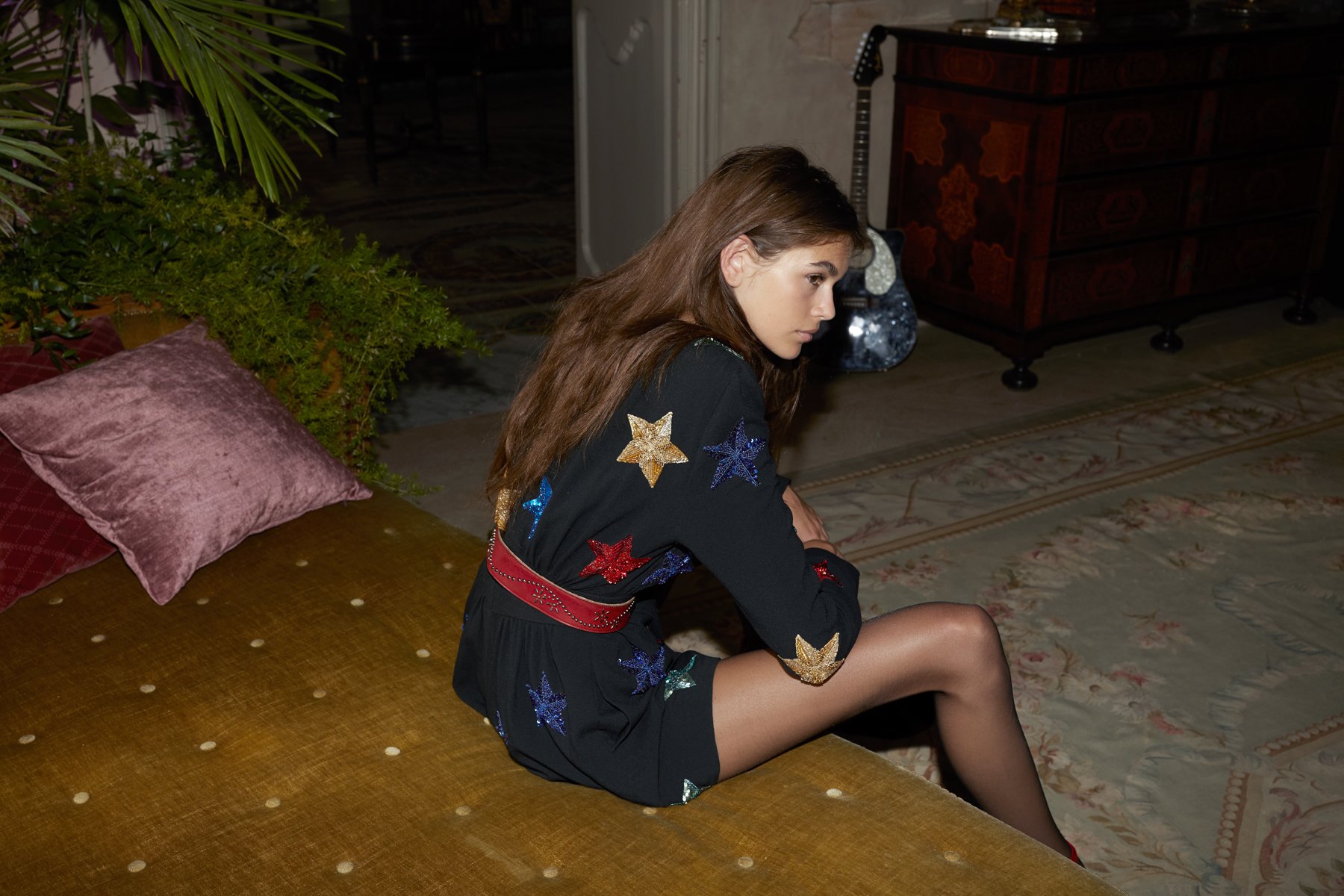
Precision in the lines, respect for the geometric shapes and of colors that come to life on the body of a woman.In 1966, the Pop Art Collection that, from his inspiration of Wasselman, he definitively breaks all of the barriers between art and fashion in accordance to the Andy Warhol spirit.
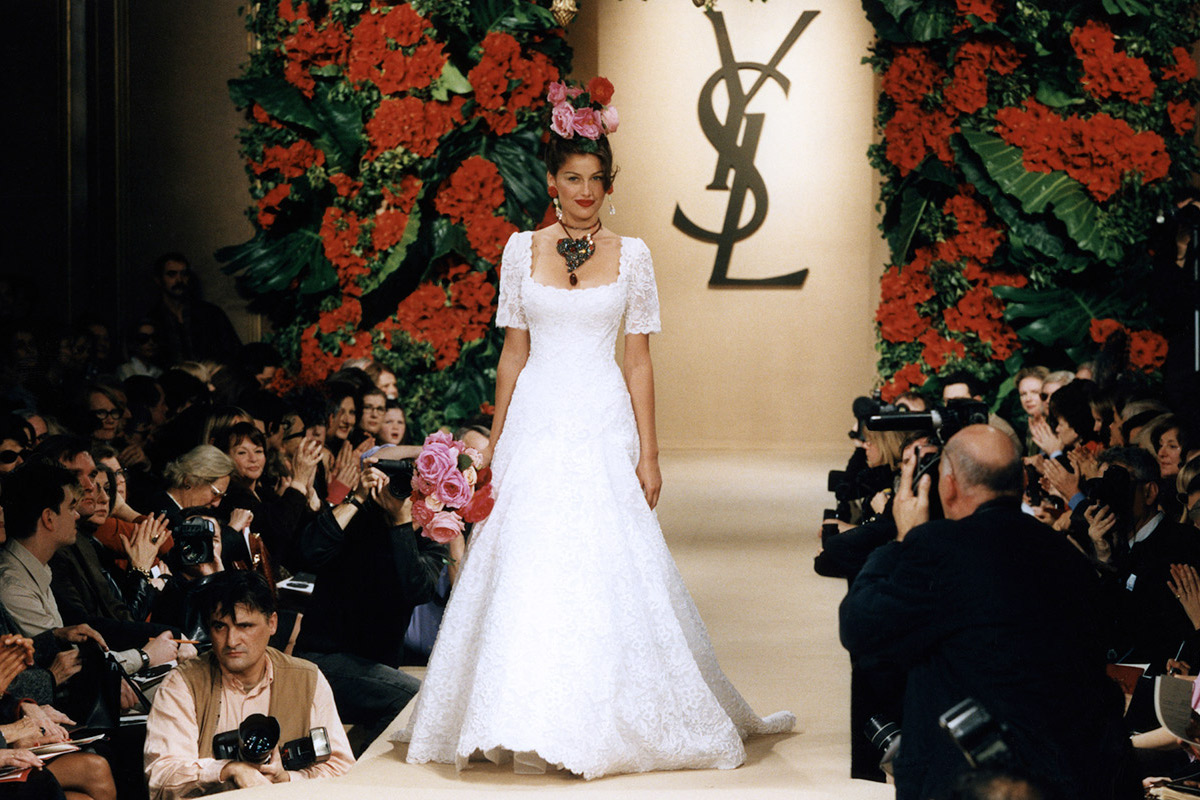
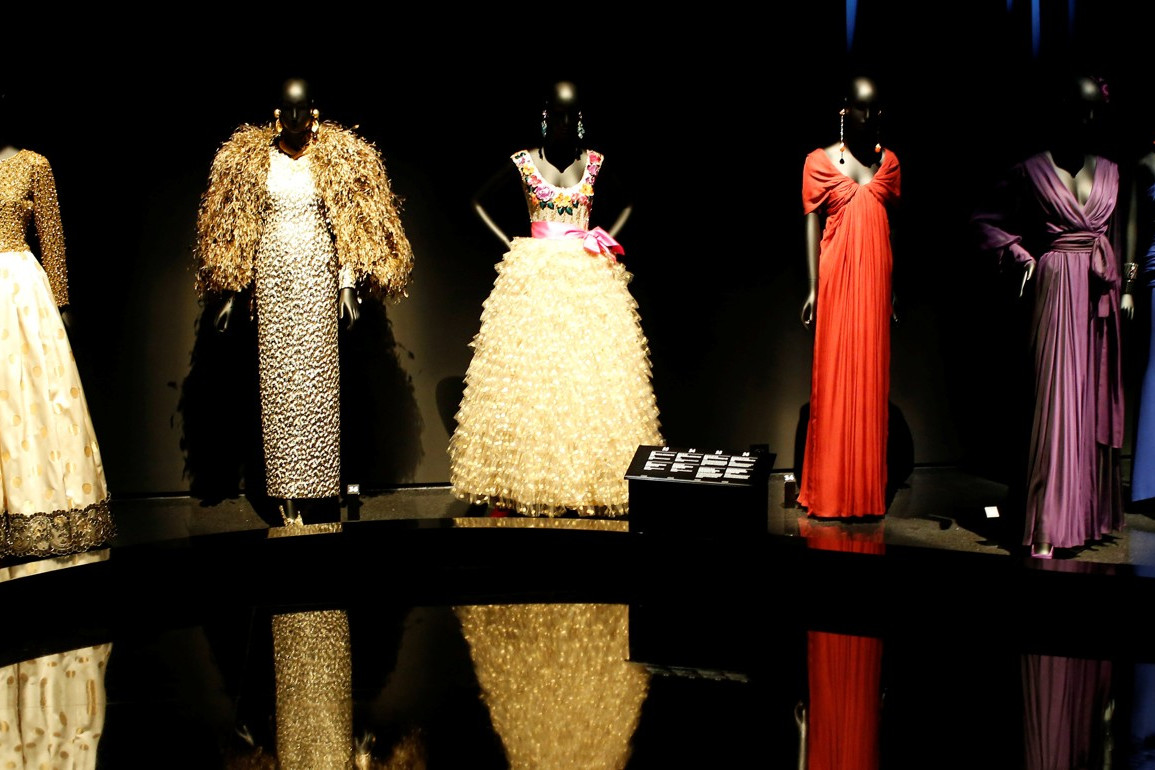
The garments that are born from this union are characterized by contrasting vibrations of colors. 1969 was the year of “sculpture clothing” inspired by Claude Lalanne, meanwhile from Cubism, collections are born that unite the revolutionary works of Picasso and Braque, where heterogeneous materials are attached, connected and sewed, combining them with oil paints.

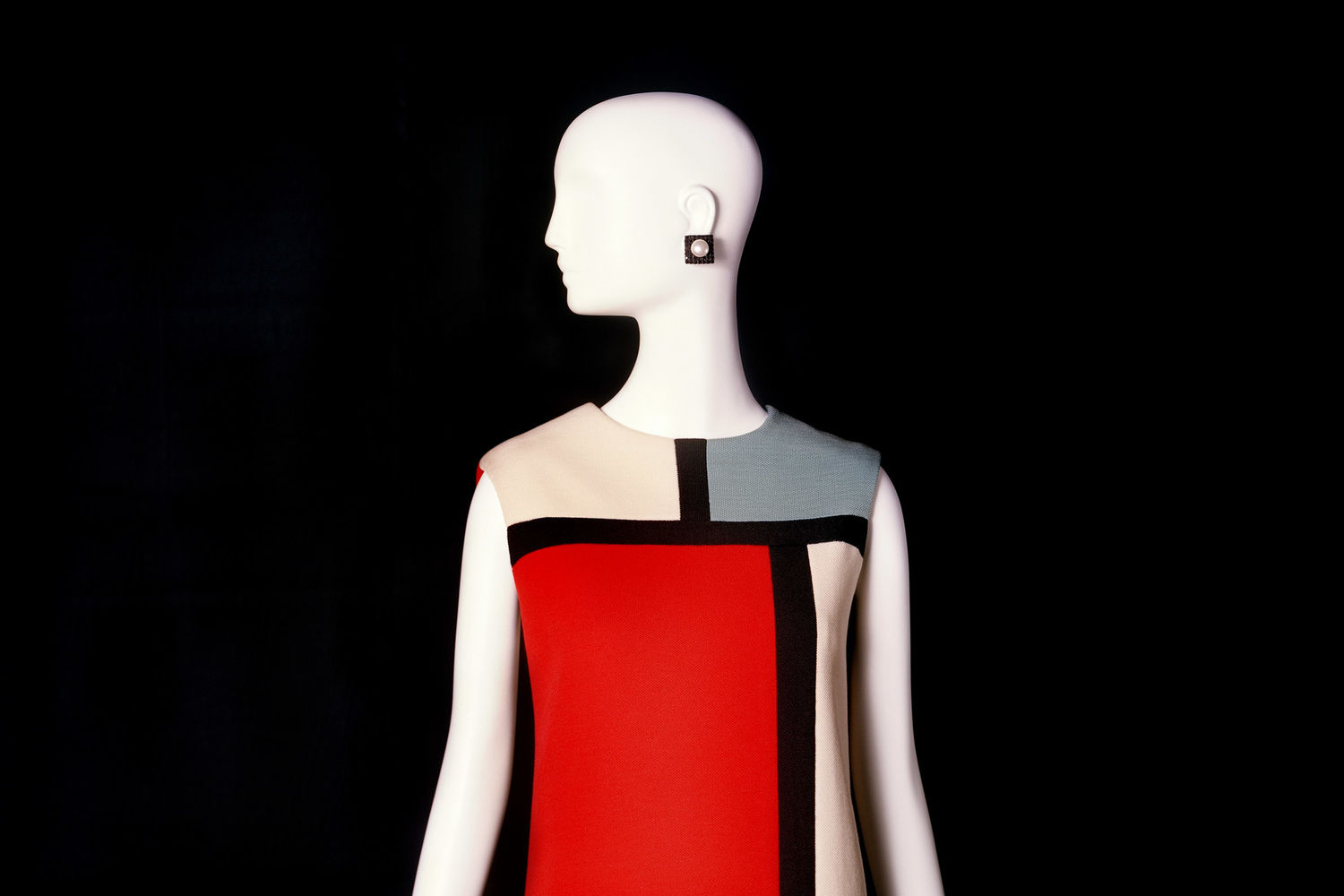
In 1988, homage to Picasso was paid: a construction of jackets worn on black skirts of the most essential collections. The hips, the arabesque of life, are emphasized using guitar outlines that helps explode the musicality of the female body.

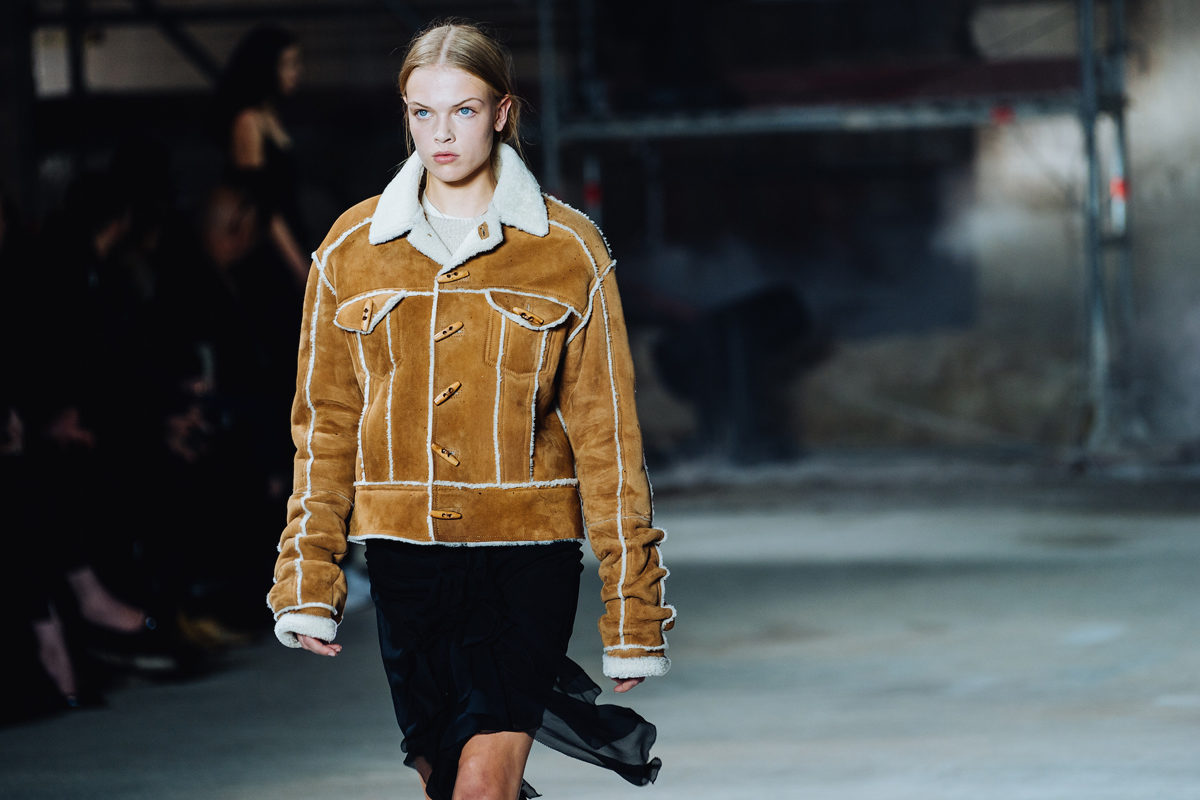
Saint Laurent continues to experiment with color combinations, in 1980, with “Le robes Matisse”, characterized by violence, typical of the Fauves movement, on fabric. When he is asked: If fashion is art or not? He would answer: “Fashion is an art but it needs an artist to exist, clothing is certainly less important than music, architecture and paintings, but it is what I knew how to do and what I did, maybe, contributing in the transformations of my era”.
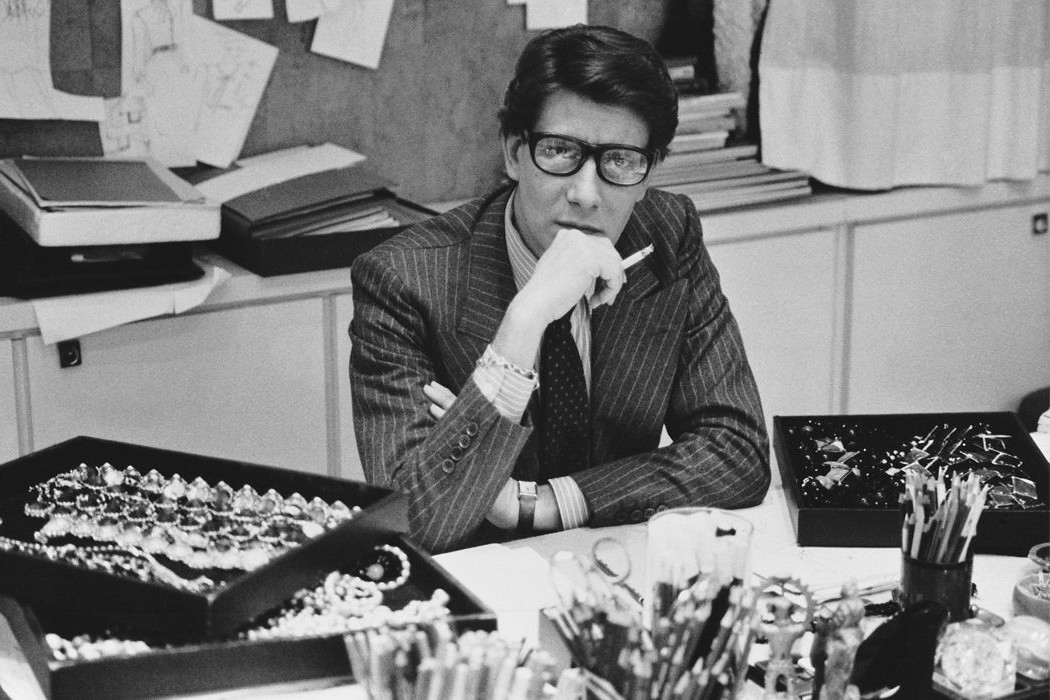
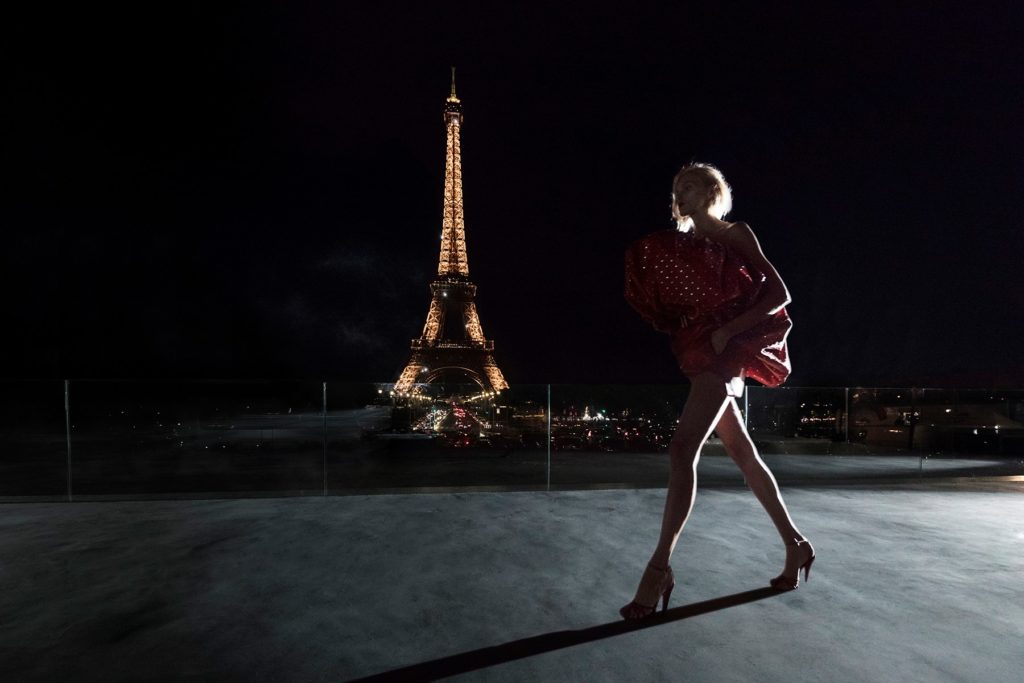
Products Yves Saint Laurent Vintage
Yves Saint Laurent Vintage
The Last Couturier
«If Chanel gave women their freedom, it was Saint Laurent who empowered them » − Pierre Bergé

History

Yves Saint Laurent, an Haute Couture designer that changed how the modern woman dresses, and has made it an art.


A Designer born from his passion for art, the signature style of his collections, where he unites opposites of this beautiful Universe to which he has always belonged. Yves Saint Laurent, the last of the Haute Couture Designers, born on August 1st in the French colony of Oran, Algeria.


At only 18 years of age he moved to Paris to follow his dream, to win the International Wool Secretariat contest, designing a black cocktail gown with an asymmetrical neckline that was later created by Hubert de Givenchy.


In the mid-1950’s he joined the “Maison Dior”, taking the place of the designer, he then created the “Trapéze” collection that changed French fashion forever.


A few years later, Yves opens up his own maison du Haute Couture in collaboration with Pierre Bergé and the financial support of J. Mack Robinson, an American that had seen a rare drive in the young designers: it is 1962, the year that the legend was born.


His very first collection was presented on January 29th, 1962 and was defined by Life as “the best tailleur collection around after those of Chanel”, but it is in his fall/winter collection that he brings to the catwalk his first revision, the pea coat for women.


Saint Laurent understands that elegance must be revised, and thanks to his creations, he gives new life to the modern woman, who, by now, lives in a world that has expanded its borders and who can travel wherever.


This is how, in 1966, his iconic piece is born: the female tuxedo freely inspired by Marlene Dietrich, and with what he definitively gives power to women. He also created the first Saharan blazers and trench coats.


Saint Laurent was not the first to introduce “stolen” pieces of men’s clothing to the women’s collection; what he revolutionized though, was the identity of these garments once he had “crossed that border line”.


The Haute Couture Designer was also the first to introduce animal print fabrics in his collections, and he the first to have black people on the catwalk.


But Yves Saint Laurent had another strong point: as brilliant colorist, he insisted, in the years, to bring his creations to the limit with painting, drawing inspiration from the world of art, continuing a tradition where also the artists were distinguished such as Sonia Delaunay, Giacomo Balla or Alexandre Rodchenko.


This is how the designer opens up a direct relationship between his love for art and a personal interpretationtransferred in his couture creations. It is a passion that he portrays in his private collection, evaluated in 2009 by Christies as the most expensive in the world.


The artists that he adores are not simply transferred on silk, wool or jersey; they give him the inspiration to reinvent a language, his own language. He chooses his fabrics freely to compose a palette: from red, to pink to black, until the realization of the most unexpected combinations are composed, like that of blue and black to overturn the traditional use of tones in Haute Couture of that time.


In 1965, the first Saint Laurent artistic tribute takes place that combines the essentials of the Mondrian lines with a collection entirely dedicated to the artist. Le robe Mondrian was the first example of how the designer was able to “translate” a canvas on fabric.


Precision in the lines, respect for the geometric shapes and of colors that come to life on the body of a woman.In 1966, the Pop Art Collection that, from his inspiration of Wasselman, he definitively breaks all of the barriers between art and fashion in accordance to the Andy Warhol spirit.


The garments that are born from this union are characterized by contrasting vibrations of colors. 1969 was the year of “sculpture clothing” inspired by Claude Lalanne, meanwhile from Cubism, collections are born that unite the revolutionary works of Picasso and Braque, where heterogeneous materials are attached, connected and sewed, combining them with oil paints.


In 1988, homage to Picasso was paid: a construction of jackets worn on black skirts of the most essential collections. The hips, the arabesque of life, are emphasized using guitar outlines that helps explode the musicality of the female body.


Saint Laurent continues to experiment with color combinations, in 1980, with “Le robes Matisse”, characterized by violence, typical of the Fauves movement, on fabric. When he is asked: If fashion is art or not? He would answer: “Fashion is an art but it needs an artist to exist, clothing is certainly less important than music, architecture and paintings, but it is what I knew how to do and what I did, maybe, contributing in the transformations of my era”.


Products Yves Saint Laurent Vintage
- 1
- 2
-
Yves Saint Laurent Vintage - Festival Leather Backpack - Black - Leather...
The Festival backpack features a lace-accented leather body, exterior front flap pockets with buckle closures, a flat top handle, adjustable back straps, a top flap with buckle closure, a drawstring closure with tassel details and YSL hardware, and interior zip and slip pockets.
1 810,00 € -
Yves Saint Laurent Vintage - Sac De Jour Leather Satchel - Light Blue -...
The Sac de Jour satchel features a leather body, rolled leather handles, a detachable flat leather strap, an open top, a top zip compartment, and interior zip and slip pockets.
1 850,00 € -
Yves Saint Laurent Vintage - Calf Leather Crossbody Bag - Black - Leather...
This crossbody bag features a leather body, a flat strap, a top zip closure, and interior zip and slip pockets.
1 560,00 € -
Yves Saint Laurent Vintage - Raffia Tote Bag - Black Beige - Leather Handbag...
This tote bag features a raffia body with leather top panel, flat leather straps, an open top, and an interior zip pocket.
1 740,00 € -
Yves Saint Laurent Vintage - Playing Cards City Canvas Backpack - Black -...
The City backpack features a canvas body, an exterior front zip pocket with leather trim, a flat top handle, flat back straps, a top zip closure, and an interior zip pocket.
1 610,00 € -
Yves Saint Laurent Vintage - Teddy Leather Bucket Bag - Pink - Leather...
The Teddy bucket bag features a leather body, a curb chain strap, and a top drawstring closure.
1 550,00 € -
Yves Saint Laurent Vintage - Teddy Drawstring Leather Backpack - Black -...
This backpack features a leather body, rolled back straps, and an open top with a drawstring closure.
1 370,00 € -
Yves Saint Laurent Vintage - Leather Clutch Bag - Red Black - Leather Handbag...
This clutch bag features a leather body, a front flap with magnetic snap closure, and interior zip and slip pockets.
1 310,00 € -
Yves Saint Laurent Vintage - Boomerang Printed Canvas Backpack - Black -...
The Boomerang backpack features a printed canvas body, a front exterior zip compartment with leather trim, a flat top handle, dual flat shoulder straps, a two-way top zip closure, and an interior zip pocket.
1 290,00 € -
Yves Saint Laurent Vintage - Classic Baby Duffle Leather Satchel - Light Pink...
The Classic Baby Duffle features a leather body, rolled leather handles, a detachable flat strap, a top zip closure, and an interior slip pocket.
1 110,00 € -
Yves Saint Laurent Vintage - Classic Baby Duffle Bag - Red - Leather Handbag...
The Classic Baby Duffle features a leather body, rolled leather handles, a detachable flat strap, a top zip closure, and an interior slip pocket.
1 110,00 € -
Yves Saint Laurent Vintage - Embossed Uptown Envelope Clutch - White -...
The Uptown Envelope clutch features an embossed leather body with a flap and magnetic button closure
1 045,00 € -
Yves Saint Laurent Vintage - EastWest Leather Tote Bag - Red - Leather...
The EastWest tote bag features a leather body, flat leather straps, a top magnetic closure, and an interior zip pouch.
935,00 € -
Yves Saint Laurent Vintage - Classic Baby Duffle Leather Satchel - Black -...
The Classic Baby Duffle features a leather body, rolled leather handles, a detachable flat strap, a top zip closure, and an interior slip pocket.
1 110,00 € -
Yves Saint Laurent Vintage - Monogram Bill Pouch - Black - Leather Handbag -...
This pouch features a quilted leather body, a front exterior slip pocket, and a top zip closure.
615,00 € -
Yves Saint Laurent Vintage - Saint Tropez Suede Hobo Bag - Brown - Leather...
This shoulder bag features a ruffled suede leather body, a flat leather strap, an open top with magnetic snap closure, and an interior zip pocket.
685,00 €
- 1
- 2



